-
Ukraine repatriates bodies of 1,200 citizens in latest swap with Russia

Editor’s note: This is a developing story and is being updated.
Ukraine has recovered the bodies of 1,200 fallen citizens, including military personnel, in the latest round of repatriation efforts coordinated with Russia under agreements reached during talks in Istanbul, Ukrainian officials said on June 14.
The Coordination Headquarters for Prisoners of War said the bodies, which Russian authorities claim belong to Ukrainian nationals, were returned as part of an ongoing phased exchange process.
“The remains will now undergo forensic examination and identification procedures conducted by law enforcement investigators in cooperation with expert institutions under the Interior Ministry,” the Coordination Headquarters said in a statement.
Zelensky plans to meet Trump at G7 summit — key takeaways from closed-door briefing“Both teams are working to ensure we meet,” President Volodymyr Zelensky said.The Kyiv IndependentAnna Fratsyvir
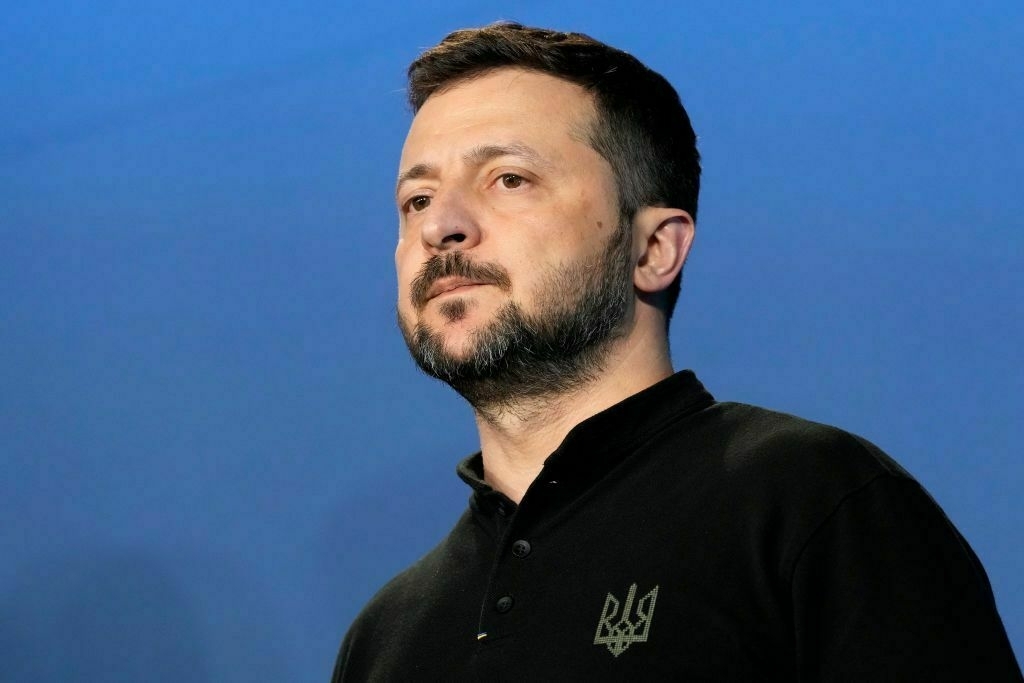
-
Zelensky plans to meet Trump at G7 summit — key takeaways from closed-door briefing
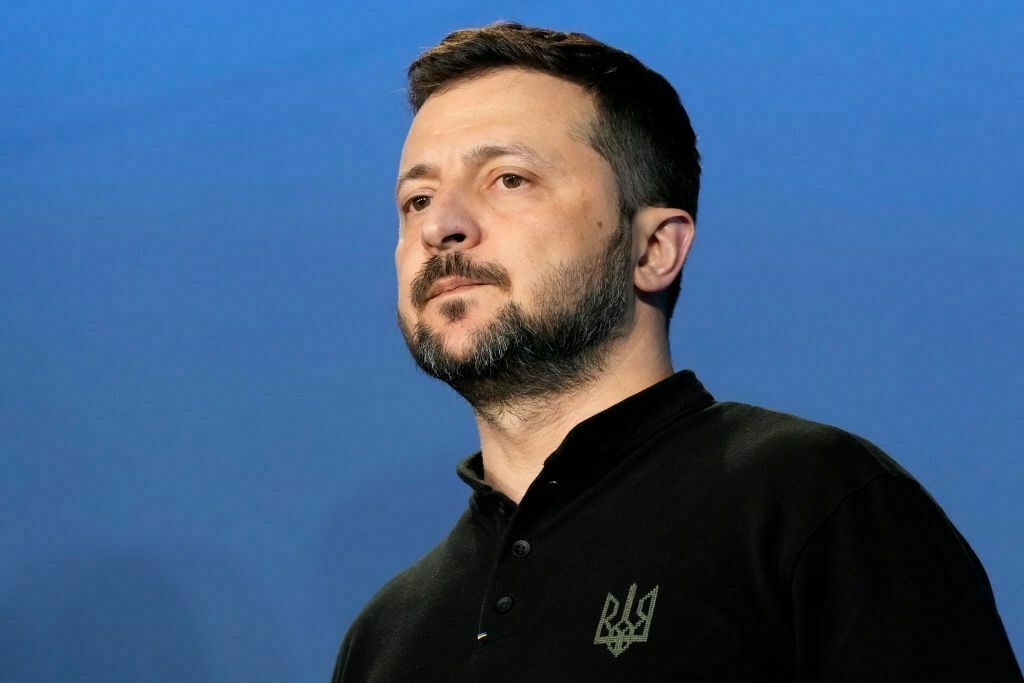
President Volodymyr Zelensky’s office has confirmed plans for a high-stakes meeting with U.S. President Donald Trump at the upcoming G7 summit on June 17, according to the Kyiv Independent journalist who attended a closed-door briefing with Zelensky on June 13.
“Both teams are working to ensure we meet,” Zelensky said.
The meeting would mark the third in-person encounter between the two leaders during Trump’s second term in the White House. Their most recent meeting took place on April 26 at St. Peter’s Basilica in the Vatican, where they spoke privately on the sidelines of Pope Francis' funeral. Both sides described the meeting as productive and constructive, though details remained sparse.
Earlier in February, Zelensky met Trump and Vice President JD Vance in the White House when the infamous tense Oval Office exchange erupted, with Trump criticizing Kyiv’s perceived lack of gratitude for U.S. support
Zelensky said his priority is to discuss with Trump sanctions against Russia, peace talks, weapons purchase, and U.S.-Ukraine economic cooperation.
“The United States communicates with the EU on sanctions at the level of senators and congressmen. But I want to raise this issue personally with President Trump,” Zelensky said.
“There are steps forward we can take — but we need the political will of the U.S. president, if he wants."
He added that Ukraine has long prepared a “strong” weapons package to purchase from Washington. “Only at the presidential level can we finalize it,” Zelensky said ahead of the G7 summit.
Russian offensives in Sumy, Dnipropetrovsk oblastsZelensky said that heavy fighting is ongoing along Ukraine’s northeastern border. Russian forces have concentrated around 53,000 troops in the Sumy sector, pushing into multiple settlements such as Andriivka, Kindrativka, and Oleksiivka.
According to the open-source monitoring group DeepState, Russian troops have been advancing along the border in Sumy Oblast, with the current front line lying just about 20 kilometers away from the regional capital of Sumy.
According to media reports, Russia exploited a thinning of Ukraine’s front-line forces, which were later replaced by newer, under-equipped formations.
Zelensky said that Russia only pushed seven kilometers deep into Sumy, adding that the Russian army “has been stopped there."
Zelensky added that Ukrainian forces had successfully struck Russian positions in the neighboring Russian Kursk Oblast, near Tyotkino, to stall Russian momentum and split their offensive groups.
In Dnipropetrovsk Oblast, Zelensky confirmed that small Russian reconnaissance groups had briefly crossed into Ukrainian territory — likely for propaganda purposes. One six-man unit was reportedly eliminated one kilometer from the administrative border.
“For them (Russia), it’s an important story, to take a photo, video,” Zelensky said. “That’s why they are launching small working groups to do just that."
Earlier, the Kremlin has claimed the operations in Dnipropetrovsk are part of an effort to create a so-called “buffer zone.” Ukrainian officials have rejected these claims as disinformation.
As Russian losses in Ukraine hit 1 million, Putin’s war economy heads toward breaking pointRussian losses in Ukraine hit a massive, and grim milestone on June 12 — 1 million Russian soldiers killed or wounded during the 39-month-long full-scale war, according to figures from Kyiv. Although hugely symbolic, the number is unlikely to prompt a change in tactics from Moscow as it gears up forThe Kyiv IndependentChris York

Israel-Iran war hits Ukraine’s defensesWhen speaking about the recent escalation between Israel and Iran in the Middle East, Zelensky said that the subsequent regional tension had driven up oil prices, enhancing Russia’s war financing through energy exports.
“This factor clearly doesn’t help us,” he said, adding that Ukraine will urge Washington to implement stricter price caps on Russian oil at the G7.
He further revealed that U.S. weapons previously allocated to Ukraine, including 20,000 air-defense interceptors used to counter Iranian-designed Shahed drones, were redirected to support Israel ahead of its recent strikes on Iran.
“That was a serious blow… We were counting on these missiles,” Zelensky said.
Zelensky warned that Ukraine must not become “a bargaining chip” in larger geopolitical negotiations involving the U.S., Russia, and the Middle East. Russia and Iran have deepened their cooperation since 2022, with Iran supplying weapons and technology to boost Moscow’s war machine.
“I was constantly afraid that we could become a bargaining chip, just one factor in the negotiations between the United States and the Russians. So, along with the situation with Iran, the situation with Ukraine was also a factor. They are really dependent on each other,” he said.
Join our communitySupport independent journalism in Ukraine. Join us in this fight.Support usEurope's indecisivenessZelensky voiced concerns about a slowdown in Western diplomatic momentum, particularly around the "coalition of the willing" initiative led by France and the UK.
Earlier, media reported that the "coalition of the willing," aimed at offering post-ceasefire security guarantees to Ukraine, has faced delays due to the absence of U.S. commitment.
"Europe hasn't yet decided what to do if America steps back," he said. "Their energy depended on U.S. resolve. Without it, things slow down."
Still, Zelensky made clear that Ukraine would not accept any ultimatums from Moscow amid the uncertainty of Western support. He described the latest Russian ceasefire proposals as capitulation.
"They pretend to be ready for talks, but all they offer is an ultimatum," Zelensky said. "We won't go along with that. Not now, not ever."
Zelesnky also expressed optimism that the European Union's 18th sanctions package would pass later this month and said he would personally push for closer U.S.-EU coordination at the G7.
Israel-Iran war could provide economic boost Russia needs to continue fight against UkraineIsrael’s “preemptive” strikes against Iran targeting the country’s nuclear program and killing top military officials could have far-reaching implications for Ukraine and could boost Russia’s ability to continue its full-scale invasion, experts have told the Kyiv Independent. Iran has been one of Russia’s staunchest allies throughout the war, providing thousandsThe Kyiv IndependentChris York
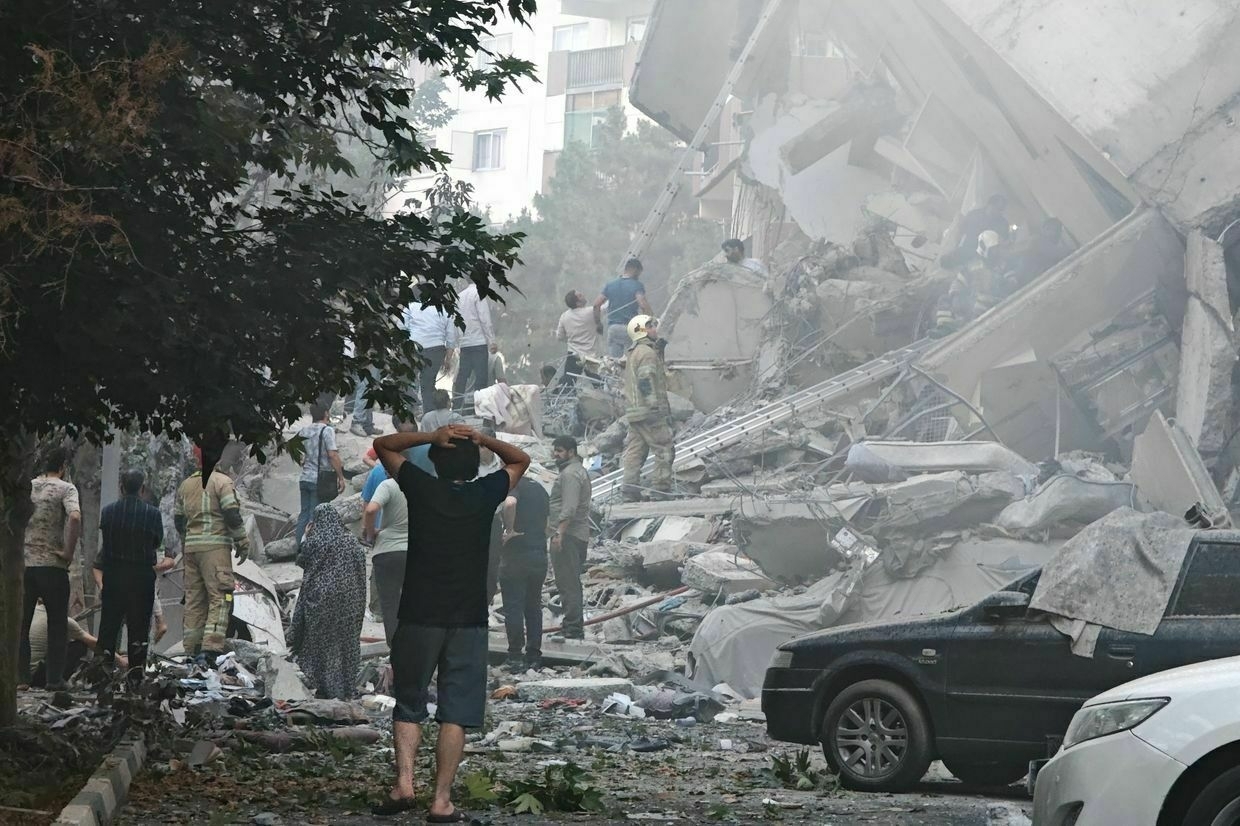
Prisoner exchanges and prospects for talksZelensky confirmed that prisoner exchanges with Russia are continuing and that another round of direct peace talks with Moscow may take place soon after.
"We expect that they (prisoner swaps) can be completed on the 20th or 21st (of June)," he said.
Over the week, Ukraine and Russia held a series of exchanges under an agreement reached during peace talks in Istanbul. Most recently, on June 12, Ukraine brought home another group of severely wounded and seriously ill service members.
The June 12 operation followed a similar swap two days earlier, both conducted without immediate disclosure of the number of released prisoners.
The June exchanges are part of a phased prisoner swap arrangement agreed during the second round of direct talks between Ukrainian and Russian delegations in Istanbul on June 2. While no political breakthroughs emerged from the discussions, both sides agreed to continue exchanging POWs and repatriating the remains of fallen soldiers.
-
Ukraine aims to boost drone intercept capabilities after record Russian attacks
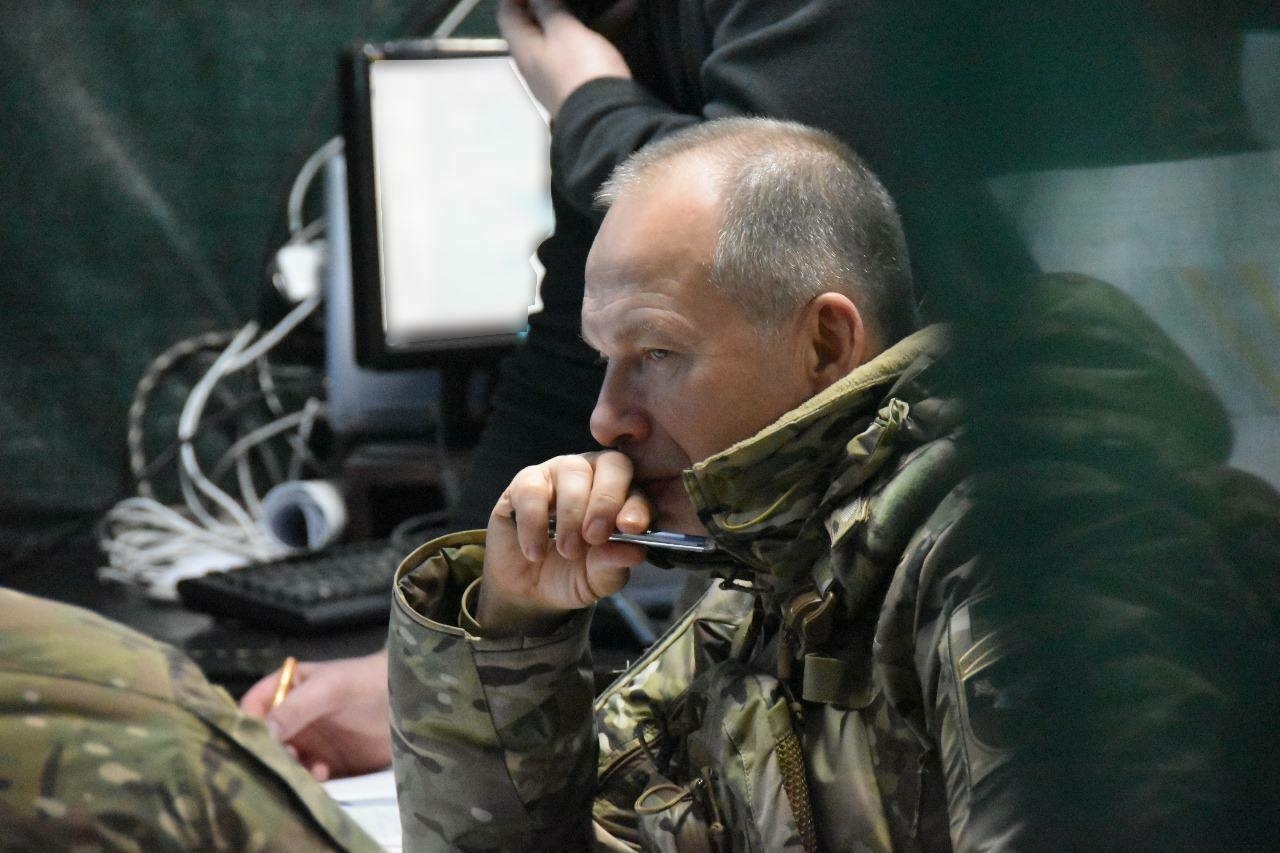
Efforts are underway to rapidly expand Ukraine’s ability to counter Russian drone attacks, Commander-in-Chief of Ukraine’s Armed Forces, Oleksandr Syrskyi, said on June 14.
In a statement shared on Telegram, Syrskyi said he held a meeting focused on strengthening defenses against Russian strike drones, particularly Iranian-designed Shahed drones used by Russian forces to target Ukrainian cities.
“Task number one is scaling up the systems that already work effectively,” Syrskyi said. “First and foremost, that means increasing the number of drone interceptors."
Russia has been escalating drone attacks against Ukraine over the past weeks, launching record 400-500 UAVs (unmanned aerial vehicles) per night.
Syrskyi emphasized the need for a comprehensive approach that incorporates all available capabilities. “(Russia) is constantly modifying the characteristics of its Shaheds and changing their tactics,” he said.
Ukrainian officials discussed ways to improve early detection of incoming drones and ensure their timely destruction. Syrskyi said he had set clear priorities and tasked military leaders accordingly.
Russia has repeatedly targeted Ukrainian cities with waves of attack drones, often striking energy infrastructure and residential buildings overnight. Ukraine’s defense forces use a mix of electronic warfare, air defense systems, and drone-on-drone interception to repel the assaults.
Drones have become one of the defining tools of the full-scale war, used extensively by both Ukraine and Russia for surveillance, long-range strikes, and tactical battlefield advantage. In recent weeks, Russia has intensified its drone and missile attacks on Ukrainian cities and infrastructure.
Earlier on June 9, Ukraine’s Air Force said it intercepted 479 drones and missiles during one of the largest attacks since the start of the war. Russia launched 499 weapons overnight, including 479 Shahed-type drones and multiple ballistic and cruise missiles.
-
Drones reportedly hit major Russian chemical and fuel industry plants overnight
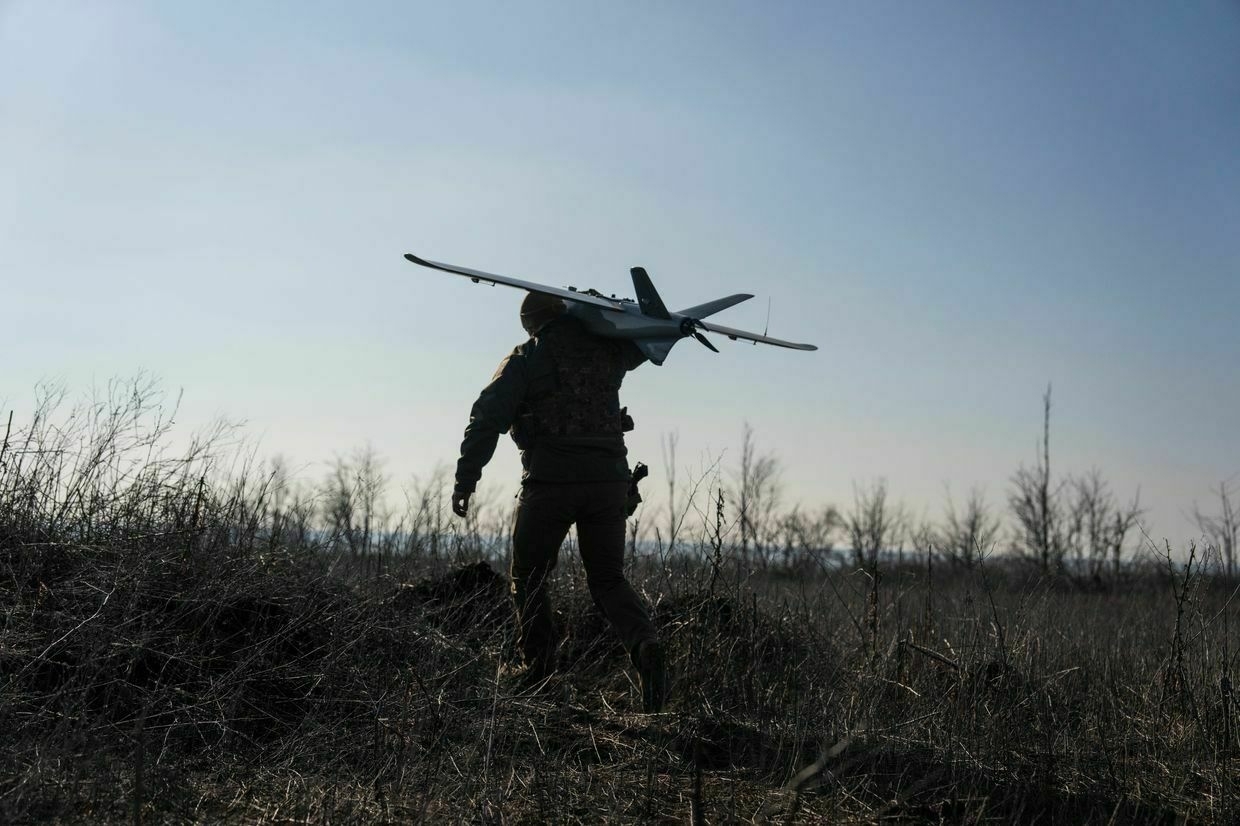
Drones struck two industrial plants in Russia overnight on June 14, targeting one of the country’s largest nitrogen fertilizer producers in Stavropol Krai and a major fuel catalyst facility in Samara Oblast, according to Russian regional officials.
Ukrainian forces regularly launch long-range drone strikes against Russia’s military and industrial targets in the rear, aiming to undermine its ability to wage its all-out war. Ukrainian authorities have not officially commented on the reported attacks.
Stavropol Governor Vladimir Vladimirov said drone debris fell in the city’s industrial zone, confirming the strike was aimed at the Nevinnomyssk Azot plant. He initially reported one person injured, but later clarified there were no casualties. Footage circulating online showed explosions and drones flying over the city.
Nevinnomyssk Azot is among Russia’s top producers of ammonia and nitrogen fertilizers, and hosts the country’s only production lines for methyl acetate and high-purity acetic acid. It also operates Russia’s first melamine production facility, according to open-source data.
The plant, which produces up to one million tons of ammonia and over one million tons of ammonium nitrate annually, is “a critical element of Russia’s military-industrial complex,” Andrii Kovalenko, head of Ukraine’s Center for Countering Disinformation at the National Security and Defense Council, said.
Kovalenko noted that ammonium nitrate is a key component for explosives and artillery shells. He added that the plant also synthesizes dual-use chemicals such as melamine, acetic acid, methanol, and potassium nitrate, frequently used in the production of grenade launchers, mines, and rocket charges.
Since 2024, the plant has been producing water-soluble fertilizers, which he said have been adapted to serve military chemical needs.
In Russia’s Samara Oblast, a separate drone strike reportedly damaged the Novokuybyshevsk Catalyst Plant, the country’s largest specialized facility for producing catalysts used in petroleum refining and petrochemicals. The region’s governor, Vyacheslav Fedorishchev, confirmed an attempted drone attack overnight on an industrial site in Novokuybyshevsk.
Kovalenko said the plant has a strategic role, stating that without its output, Russia’s oil refineries, and by extension, its supply of aviation fuel, diesel for armored vehicles, and rocket propellant, would be severely affected.
Russia’s Defense Ministry claimed it intercepted a total of 66 drones overnight across several regions, including 30 over Voronezh Oblast, 10 over Belgorod Oblast, 8 over Stavropol Krai, 6 over occupied Crimea, 1 over Samara Oblast, and 11 over the Azov Sea.
Russian military equipment reportedly hit in Ukrainian drone attack against CrimeaThe Crimean Wind Telegram channel reported a hit in Simferopol, Crimea’s capital, sharing a photo of a plume of smoke rising in the vicinity of a local power station and of the village of Perevalne.The Kyiv IndependentMartin Fornusek
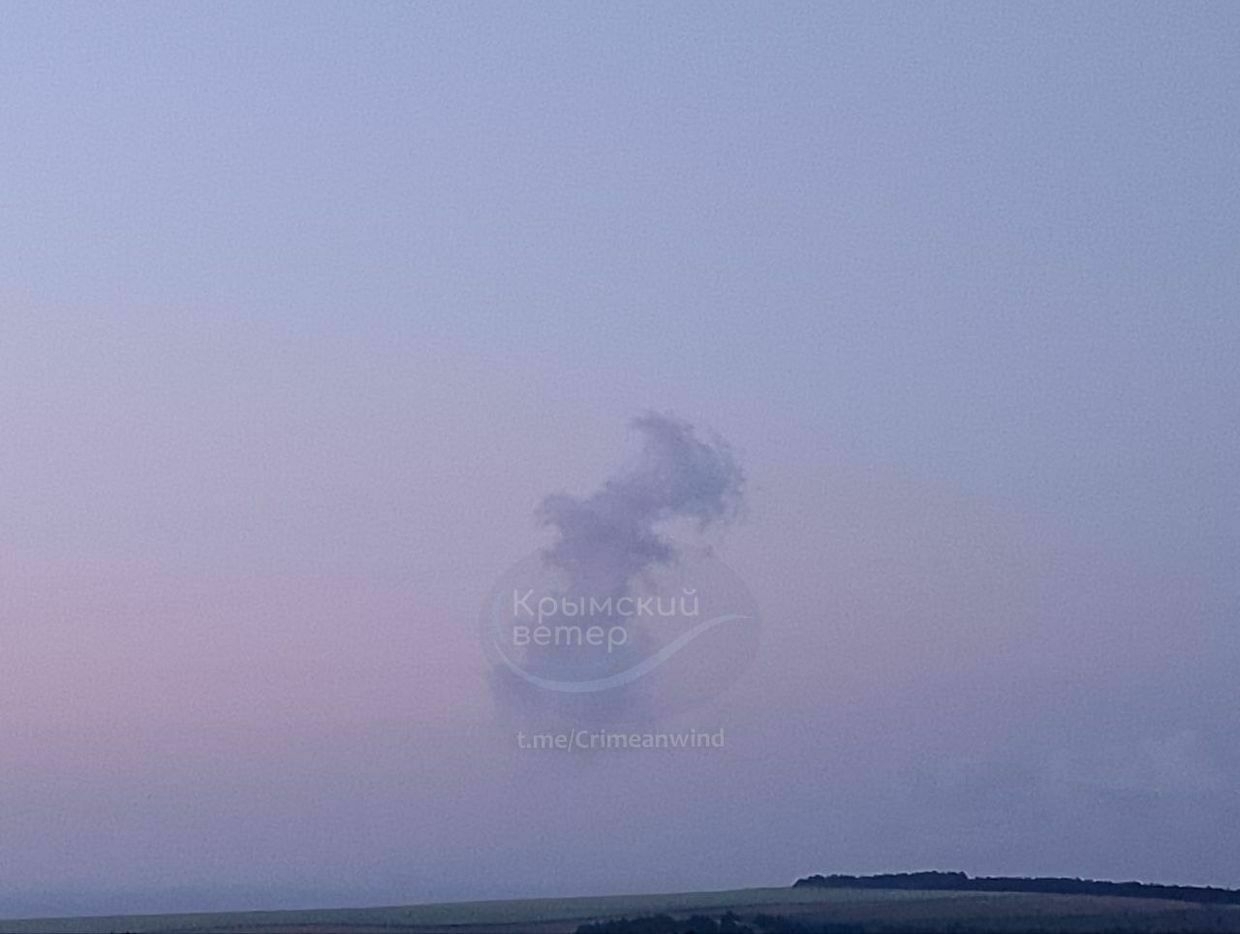
-
Russian attacks kill at least 3, injure 10 across Ukraine over past day
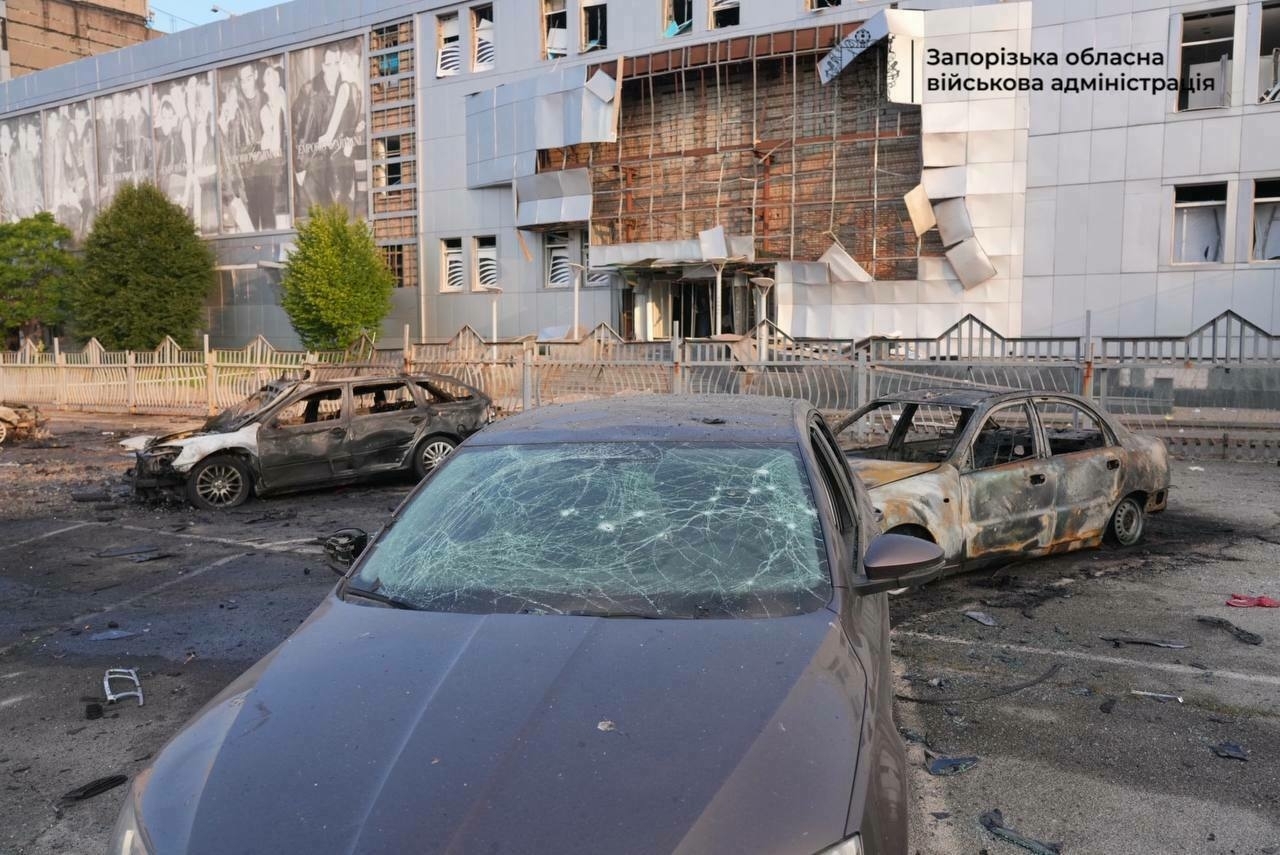
At least three people were killed and 10 injured in Russian attacks across Ukraine over the past day, Ukrainian officials said on June 14.
According to Ukraine’s Air Force, Russia launched 58 attack drones, primarily Shahed-type UAVs, and decoys from multiple directions. Air defenses destroyed 43 of the drones.
In Donetsk Oblast, one civilian was killed and two others were injured in Russian shelling of Yablunivka, Governor Vadym Filashkin said. Russian forces attacked settlements in the region 27 times over the past day.
In Kherson Oblast, five people were injured as Russia struck 23 settlements with drones, artillery, and airstrikes, Governor Oleksandr Prokudin reported. Residential buildings in Kherson city, Antonivka, and other towns were damaged, including a multi-story apartment block, six houses, a gas station, and some vehicles.
In Zaporizhzhia Oblast, at least one person was killed and three others injured in attacks targeting Zaporizhzhia and Polohy districts, Governor Ivan Fedorov said. Russian forces launched 438 strikes on 16 settlements, including 11 airstrikes and 266 drone attacks, mainly using FPV (first-person view) drones.
In a morning strike on Zaporizhzhia, more than 10 cars were burned at a parking lot, and at least 15 buildings were damaged. One person was injured.
According to Radio Free Europe/Radio Liberty, the Russian attack also destroyed a humanitarian aid warehouse in Zaporizhzhia. Over 100 metric tons of humanitarian supplies reportedly burned in the fire. The aid had recently arrived in five trucks and was intended for displaced people and residents of front-line areas. The damage is estimated at around $3 million.
Putin announces creation of separate drone branch in Russian military“We have accumulated a great deal of experience to create this branch of the armed forces,” Russian President Vladimir Putin said.The Kyiv IndependentTim Zadorozhnyy
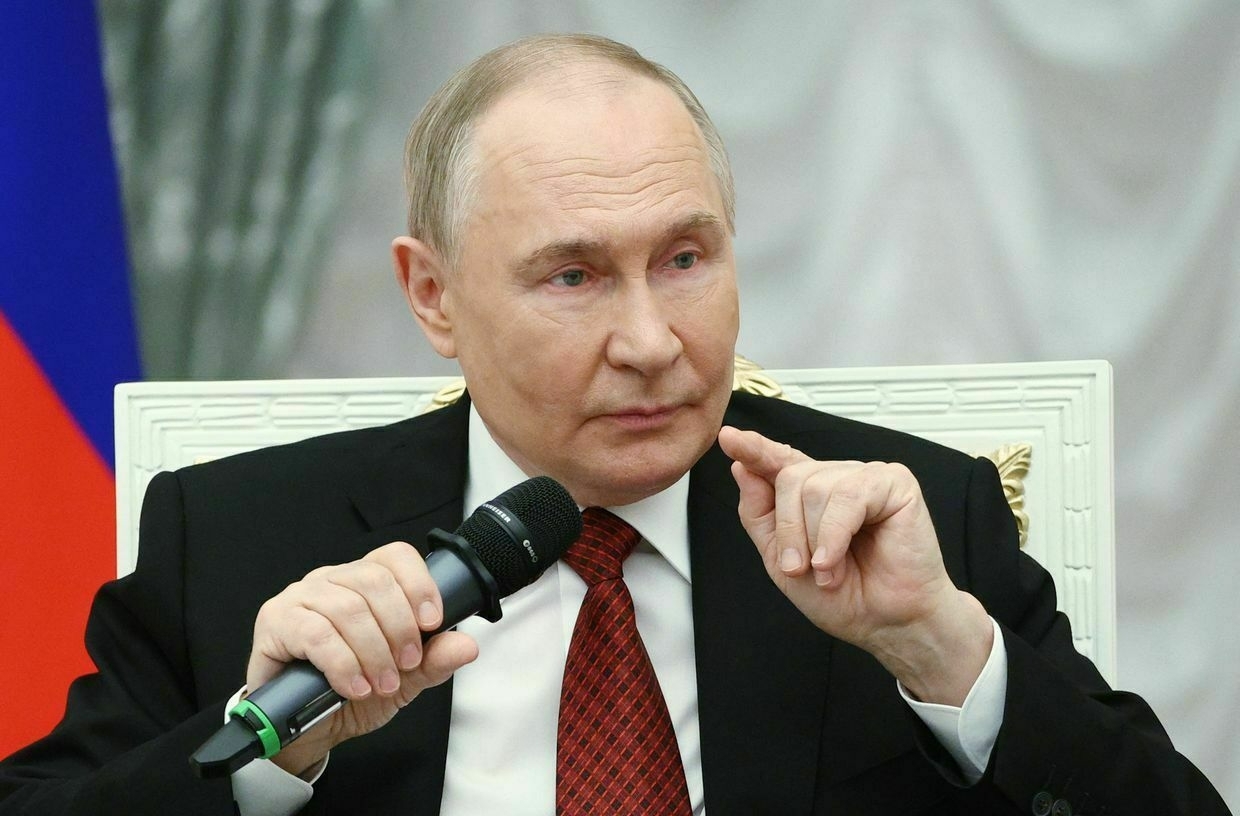
-
General Staff: Russia has lost 1,002,690 troops in Ukraine since Feb. 24, 2022
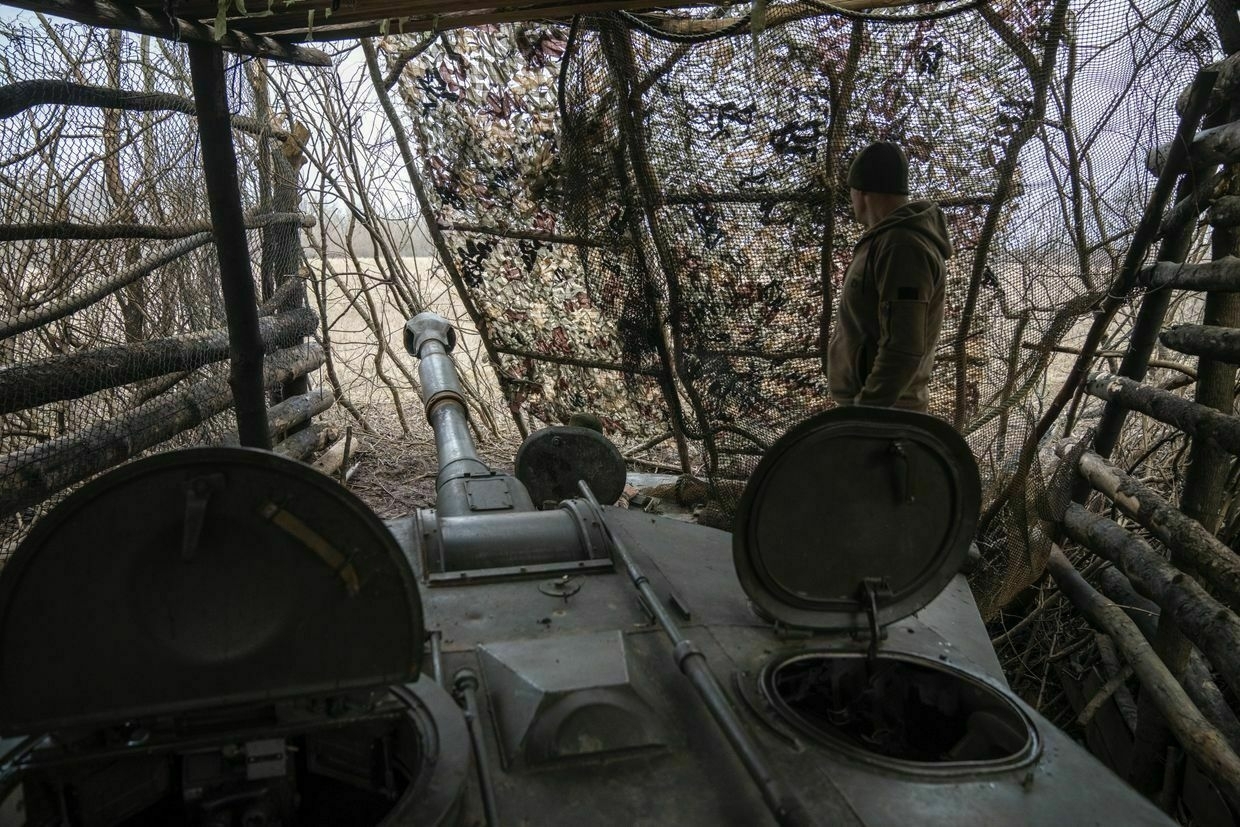
Russia has lost 1,002,690 troops in Ukraine since the beginning of its full-scale invasion on Feb. 24, 2022, the General Staff of Ukraine’s Armed Forces reported on June 14.
The number includes 1,130 casualties that Russian forces suffered just over the past day.
According to the report, Russia has also lost 10,937 tanks, 22,798 armored fighting vehicles, 51,928 vehicles and fuel tanks, 29,157 artillery systems, 1,417 multiple launch rocket systems, 1,185 air defense systems, 416 airplanes, 337 helicopters, 40,586 drones, 3,337 cruise missiles, 28 ships and boats, and one submarine.
As Russian losses in Ukraine hit 1 million, Putin’s war economy heads toward breaking pointRussian losses in Ukraine hit a massive, and grim milestone on June 12 — 1 million Russian soldiers killed or wounded during the 39-month-long full-scale war, according to figures from Kyiv. Although hugely symbolic, the number is unlikely to prompt a change in tactics from Moscow as it gears up forThe Kyiv IndependentChris York

-
US opposes lowering G7 cap on Russian oil, Bloomberg reports
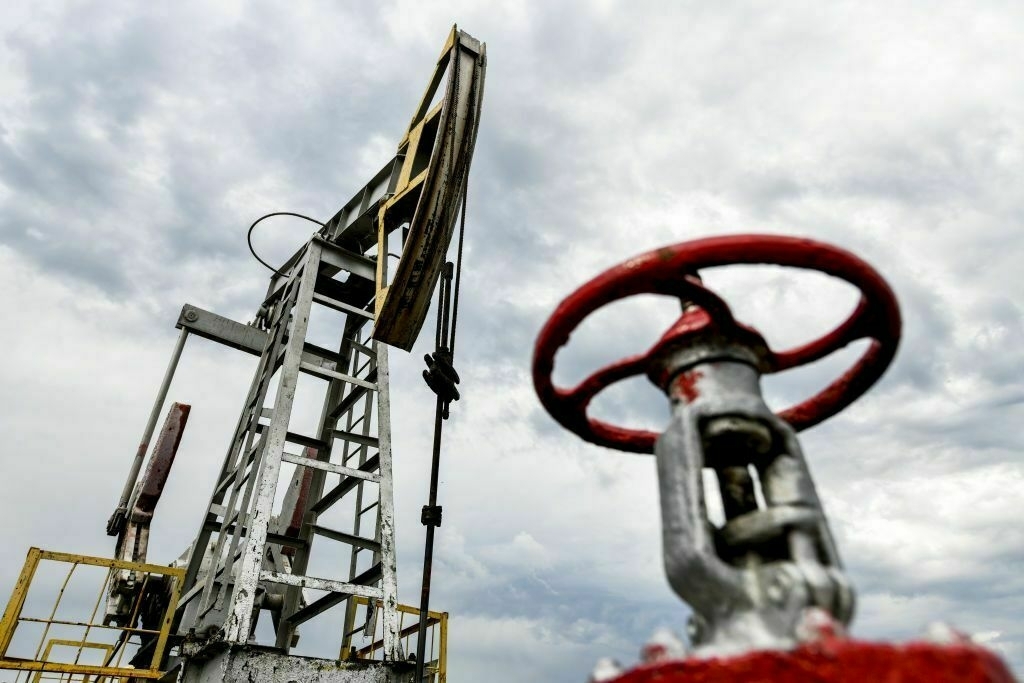
The United States is opposing a proposal by other Group of Seven nations to lower the price cap on Russian oil, Bloomberg reported on June 13.
Citing unnamed sources, Bloomberg said the U.S. remains opposed to reducing the cap from $60 to $45 per barrel – a position it first took earlier this year when Treasury Secretary Scott Bessent declined to support a similar effort.
The price cap, introduced in December 2022 as a measure to limit the Kremlin’s ability to finance its war against Ukraine, prohibits Western companies from shipping, insuring, or otherwise servicing Russian oil sold above $60 per barrel.
Despite U.S. resistance, the European Union and United Kingdom – backed by other European G7 countries and Canada – have said they are prepared to move forward with the proposal, even without Washington’s endorsement.
One source told Bloomberg that the EU and U.K. could explore lowering the cap without the U.S., as most of Russia’s oil is transported in European waters. However, a unified G7 agreement would carry greater impact if it could be enforced by the U.S.
The price cap debate has become more urgent as oil prices, which had fallen below the $60 cap in recent months, surged following Israel’s strikes against Iran in the past 24 hours.
G7 leaders will revisit the price cap discussion during the upcoming summit, hosted by Canada from June 15-17 in Kananaskis County, Alberta.
The summit agenda will also include topics such as support for Ukraine in the Russian war, global economic stability, digital transformation, and climate change.
The G7 currently includes Canada, France, Germany, Italy, Japan, the United Kingdom, and the United States. The European Union is also represented in the group.
Israel-Iran war could provide economic boost Russia needs to continue fight against UkraineIsrael’s “preemptive” strikes against Iran targeting the country’s nuclear program and killing top military officials could have far-reaching implications for Ukraine and could boost Russia’s ability to continue its full-scale invasion, experts have told the Kyiv Independent. Iran has been one of Russia’s staunchest allies throughout the war, providing thousandsThe Kyiv IndependentChris York
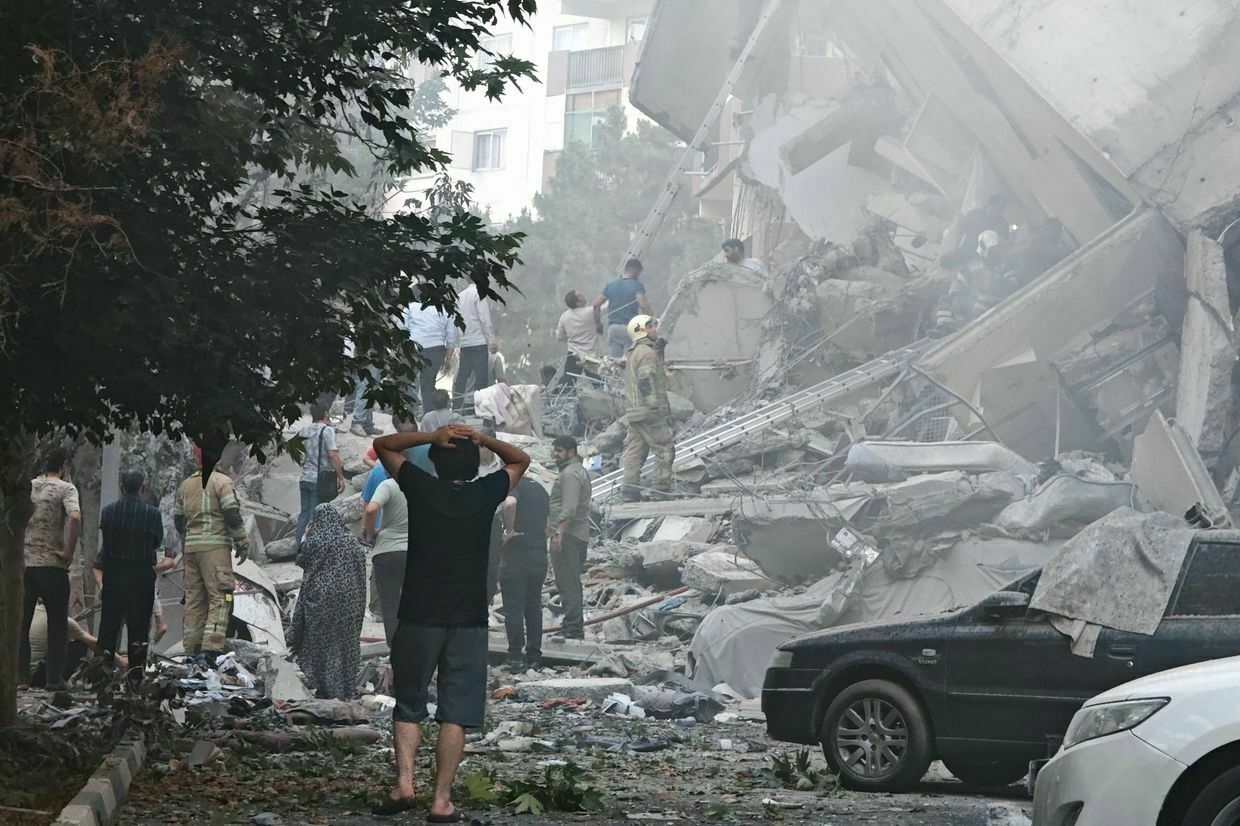
-
Three Ukrainians killed in bus accident in France, Zelensky confirms
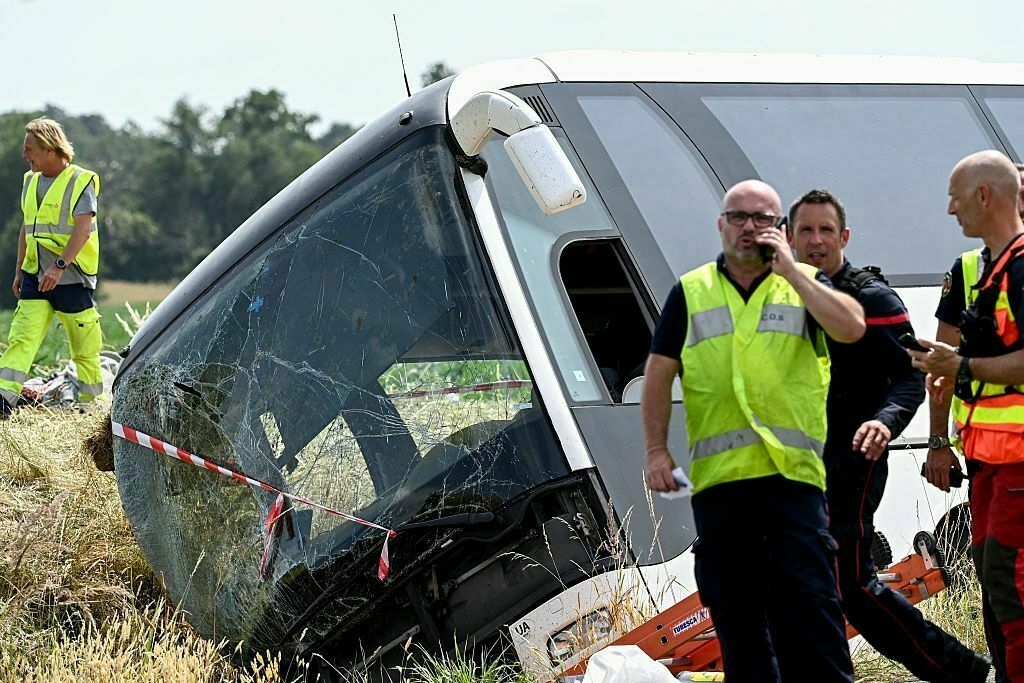
Three Ukrainian nationals were killed in a bus accident in France on June 13, President Volodymyr Zelensky confirmed in a statement on Telegram.
“Terrible news about the tragic bus accident in France,” Zelensky wrote.
The accident occurred in the morning of June 13, near the Sarthe department of France. The bus was reportedly carrying Ukrainian nationals, including adults and children, who were returning from an educational exchange.
While en route to Paris, the bus lost control and flipped into a ditch.
Four adults were killed in total – three of whom were Ukrainian nationals. French media reported that nine people sustained serious injuries, while an additional 18 suffered minor injuries.
Zelensky added that Ukraine’s Foreign Ministry promptly sent a team of diplomats and consuls, led by the ambassador to France, to assist survivors and support the victims’ families. The team is coordinating with French authorities and emergency services at the scene.
Foreign Minister Andrii Sybiha and Interior Minister Ihor Klymenko are providing regular updates on the victims' conditions and emerging details regarding the accident.
Zelensky thanked the French authorities, noting that “more than 50 emergency teams were deployed” in what he called “a true expression of French solidarity."
He also expressed his “condolences to all the families of the victims” and wished for a “speedy recovery of the injured children."Russian military equipment reportedly hit in Ukrainian drone attack against CrimeaThe Crimean Wind Telegram channel reported a hit in Simferopol, Crimea’s capital, sharing a photo of a plume of smoke rising in the vicinity of a local power station and of the village of Perevalne.The Kyiv IndependentMartin Fornusek

-
Ukraine's Sapsan ballistic missile to enter serial production following successful combat testing
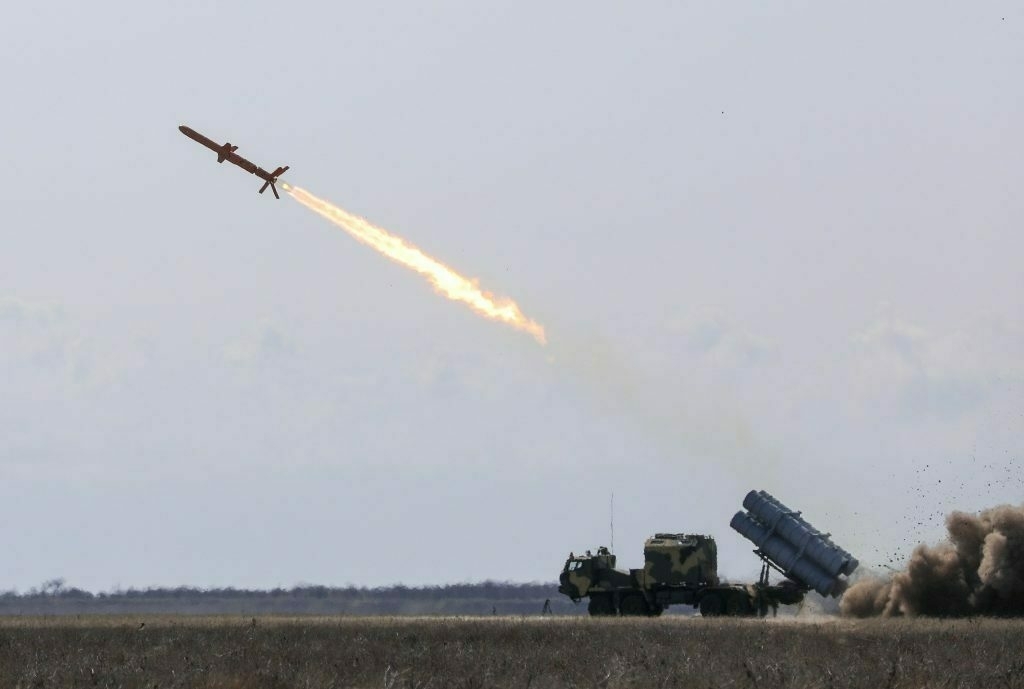
Ukraine’s domestically developed short-range Sapsan ballistic missile has successfully completed combat testing and is in the process of serial production, Ukrainian media reported on June 13.
The missile, with a payload of 480 kg, completed testing in May after successfully striking a Russian military target at a range of nearly 300 km, Valentyn Badrak, head of the an independent Ukrainian think Center for Army, Conversion and Disarmament Studies told Liga.net.
Ukraine’s Defense Ministry reportedly dedicated a department to formulate and test the missile.
There is no reported timeline as to when the missiles can be seen in regular use on the battlefield.
Domestically produced long-range weapons are of key importance to Ukraine’s defense strategy, as Western partners have been slow in delivering adequate weaponry amid increasing Russian attacks and offensives.
The news comes as U.S. Defense Secretary Pete Hegseth said in a congressional hearing on June 10 that the United States will reduce funding allocated for military assistance to Ukraine in its upcoming defense budget
In November 2024, President Volodymyr Zelensky announced that Ukraine has produced its first 100 missiles.
Since then, Ukraine has continued to increase domestic weapon production. Zelensky said on April 16 that over 40% of the weapons used at the front line are now produced in Ukraine, including over 95% of drones used at front line.
Zelensky also previously revealed that Ukraine had developed another domestic-made weapon, a missile-drone Palianytsia.
As Ukraine attempt to increase its defense production, Russia has continued to unleash large-scale attacks on Ukrainian cities, regularly launching hundreds of drones to overwhelm Ukrainian air defenses.
Ukraine’s military intelligence (HUR) shared with the Kyiv Independent that Russia’s production of ballistic missiles has increased by at least 66% over the past year.
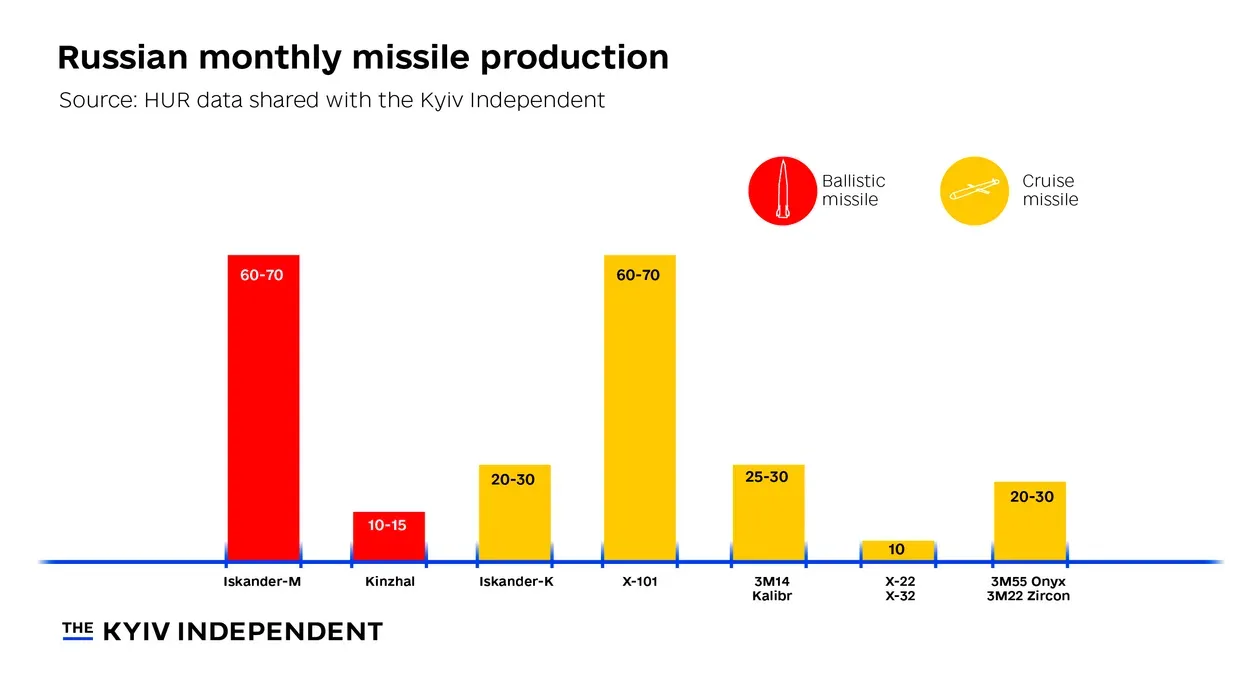
Russian monthly missile production (Nizar al-Rifai/The Kyiv Independent) Ukraine’s Defense Minister Rustem Umerov said in late 2024 that Ukraine also resumed and scaled up serial production of Neptune cruise missiles, modifying them to have a greater range.
Kyiv has received a number of long-range missiles from partners, such as U.S.-made ATACMS, British Storm Shadow, or French SCALP/T. Despite Ukrainian requests, German Defense Minister Boris Pistorius said on June 12 that Berlin has no plans to provide Taurus long-range missiles to Kyiv.
Germany to supply new Iris-T air defense systems to Ukraine, rules out Taurus missilesGermany will deliver new IRIS-T air defense systems to Ukraine under a three-year supply plan, President Volodymyr Zelensky said during a joint press conference with German Defense Minister Boris Pistorius, who said Berlin has no plans to provide Taurus long-range missiles.The Kyiv IndependentTim Zadorozhnyy
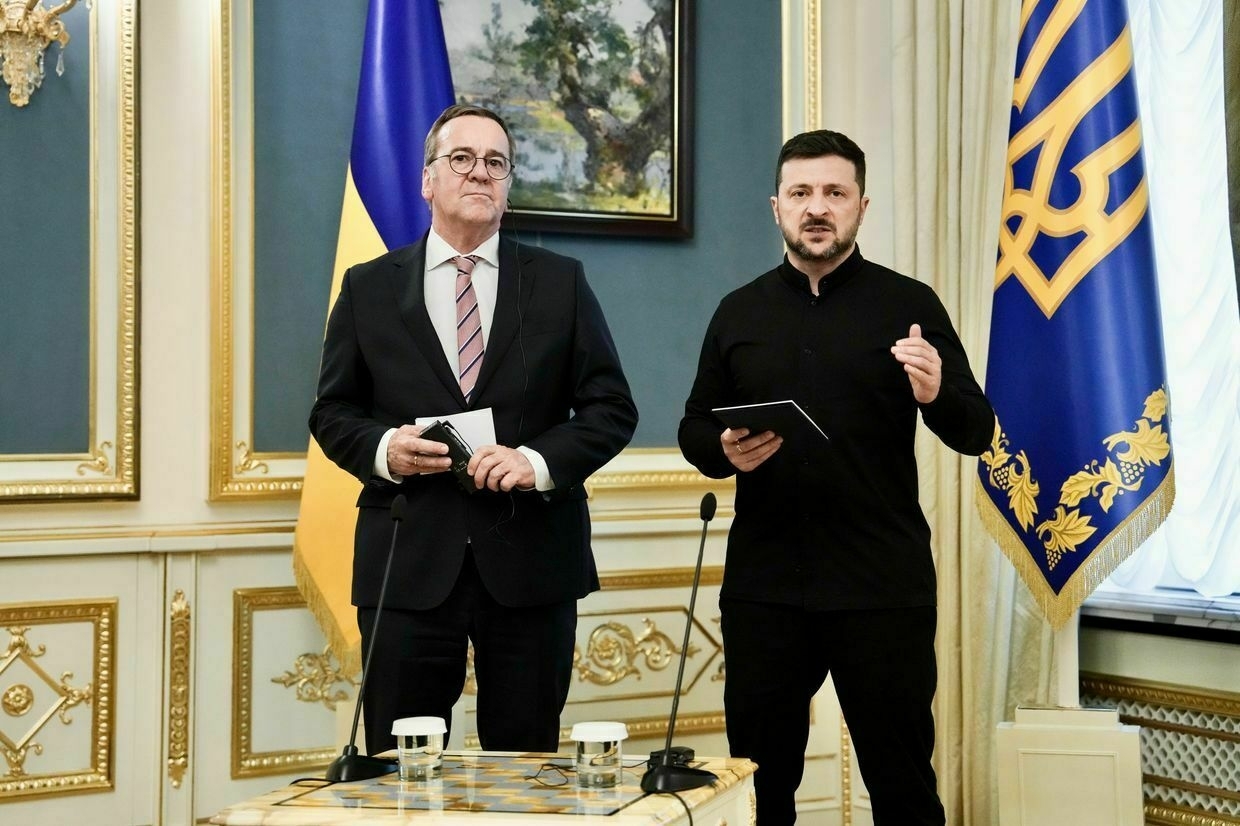
-
Russian Su-25 jet reportedly crashes in Donetsk Oblast
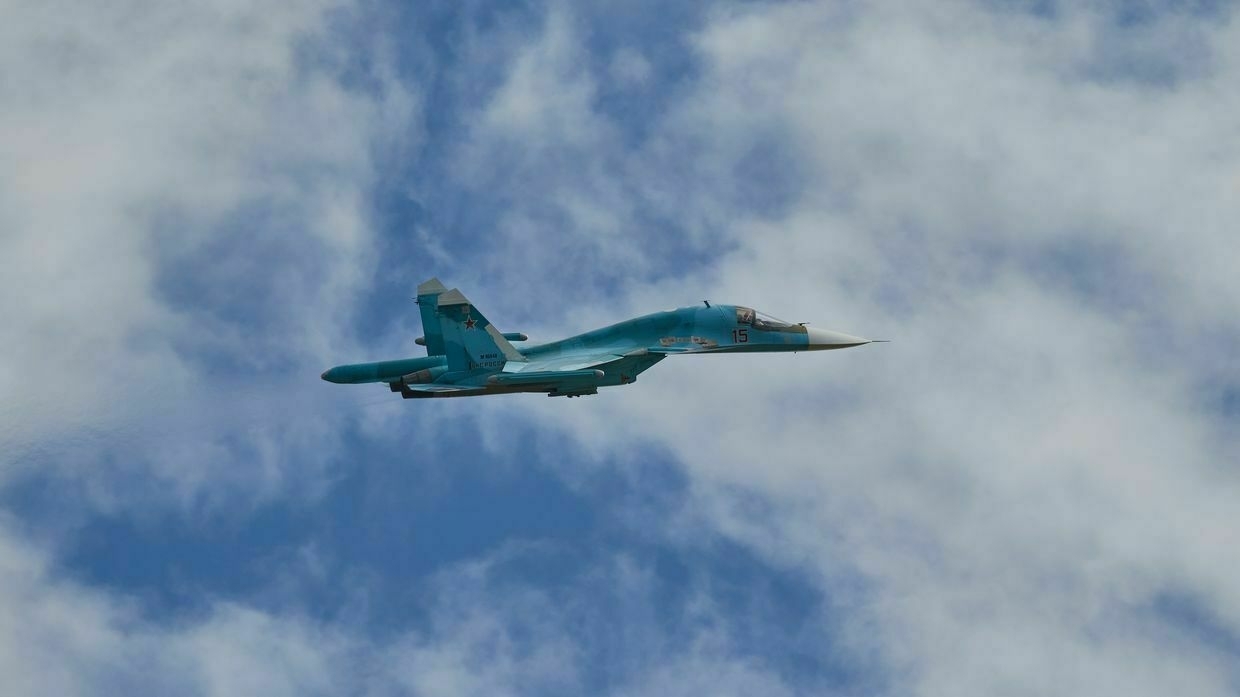
Editor’s note: This is a developing story and is being updated.
A Russian SU-25 fighter jet reportedly crashed over Donetsk Oblast on June 13, Russian social media channels reported.
Videos posted on social media of the purported crash by bloggers with close ties to the Russian Air Force appear to show the plane crashing into a field after closely being followed by another fighter jet. The circumstances of the crash remain unclear as rumours swirl of Russian ‘friendly fire’ as a potential cause of the crash.
The Kyiv Independent cannot independently verify the crash or the details surrounding it. Neither the Ukrainian nor Russian military have commented on the reported crash.
The Su-25, a Soviet-designed close-air support aircraft developed by Sukhoi in the late 1970s, is built for battlefield survivability. It features heavy armor and can withstand enemy fire.
The aircraft has been widely used in various conflicts, including in Afghanistan, Chechnya, and, more recently, in Ukraine, where both Russian and Ukrainian forces operate the platform.
Ukraine has downed multiple Russian Su-25s throughout the war. On Feb. 8, Ukraine’s military reported shooting down a Russian Su-25 near the town of Toretsk in Donetsk Oblast.
In another instance, Russia’s Defense Ministry said on on March 24 that Russian Su-25 attack aircraft crashed during a routine training flight in Primorye Krai in Russia’s Far East.
The incident comes less than two week following Ukraine’s ‘Operation Spiderweb’ in which Ukrainian drones smuggled deep inside Russia and hidden inside trucks struck as many as 41 Russian heavy bombers at four airfields across the country.
Ukraine war latest: Ukrainian MiG-29 strikes Russian drone hub, ammo depot in Zaporizhzhia direction, releases videoKey developments on June 13: * Ukrainian MiG-29 strikes Russian drone hub, ammo depot in Zaporizhzhia direction, releases video * Ukrainian military denies NYT claims about Russian presence in Dnipropetrovsk Oblast * Russia preparing strategic reserves for conflicts beyond Ukraine, Ukraine warns * Ukraine repatriates bodies of 1,200 citizens, soldiers under Istanbul dealThe Kyiv IndependentThe Kyiv Independent news desk
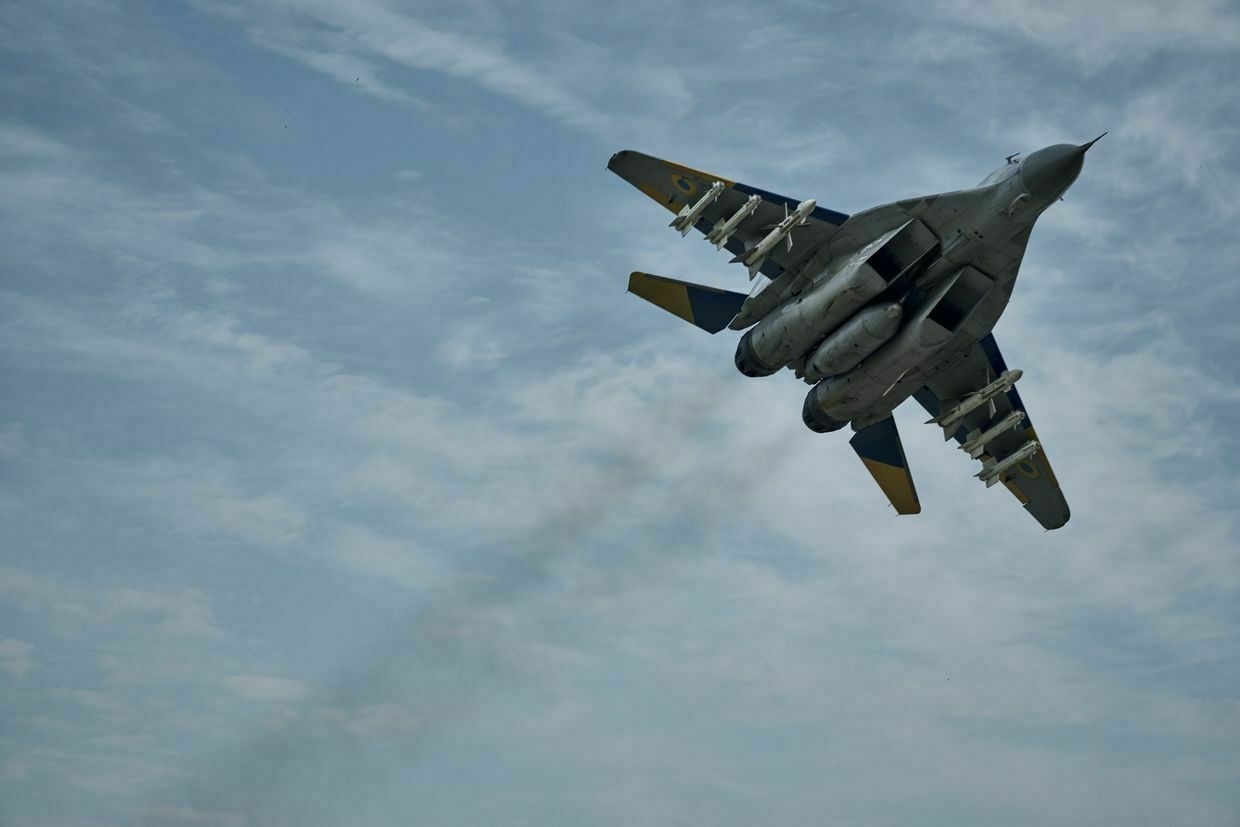
-
Iran retaliates by launching 'hundreds' of missiles towards Israel, injuring at least 7
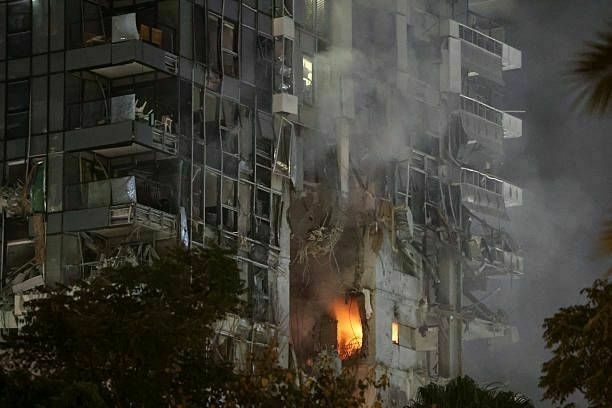
Editor’s note: This is a breaking story and is being updated.
Iran launched ‘hundreds’ of ballistic missiles towards Israel late on June 13, Iranian state media reported, as Tehran continues it retaliatory attacks in response to Israel’s strikes on Iran’s nuclear program.
At least seven people were injured near the city Tel Aviv as a result of the attack.
The drone attack follows heavy air strikes launched by Israel against Iran, targeting the country’s nuclear program and reportedly killing Hossein Salami, the commander-in-chief of the Islamic Revolutionary Guard Corps (IRGC), and other top officials.
Earlier in the day, Iran launched over 100 drones against Israel, all of which were intercepted outside of Israeli airspace, Ynet News reported on June 13, citing an Israeli military spokesperson.
U.S. President Donald Trump said earlier in the day that the U.S. military is on high alert and watching for any kind of retaliation, adding that the U.S. will respond to defend itself or Israel if Iran strikes back.
Before the attacks, Trump emphasized that despite tensions, he is committed to avoiding conflict and prefers a diplomatic solution to Iran’s nuclear aspirations. “I want to have an agreement with Iran,” Trump said, referring to ongoing Iran-U.S. nuclear talks in Oman.
Iran insists its nuclear program is for peaceful purposes and has expressed willingness to accept limited restrictions in exchange for the lifting of sanctions.
Beyond the Middle East, Iran has emerged as a key ally of Russia in its war against Ukraine, supplying Moscow with drones used in attacks on Ukrainian cities. Iran’s Islamic Revolutionary Guard Corps (IRGC) confirmed on June 13 that its aerospace commander, Amir Ali Hajizadeh, who led Iran’s Shahed drone supply to Russia, was killed in the strike on June 13.
Just hours after Russia launched its own missile and drone assault on Ukraine, Russian President Vladimir Putin decried the “numerous civilian casualties” in Iran and condemned Israel’s actions as violations of the UN Charter and international law.
Following the inital strikes by Israel, Kyiv expressed concern over the security situation in the Middle East after Israeli air strikes against Iran, but stressed that Tehran remains a “source of problems” in the region “and beyond."
Israel-Iran war could provide economic boost Russia needs to continue fight against UkraineIsrael’s “preemptive” strikes against Iran targeting the country’s nuclear program and killing top military officials could have far-reaching implications for Ukraine and could boost Russia’s ability to continue its full-scale invasion, experts have told the Kyiv Independent. Iran has been one of Russia’s staunchest allies throughout the war, providing thousandsThe Kyiv IndependentChris York
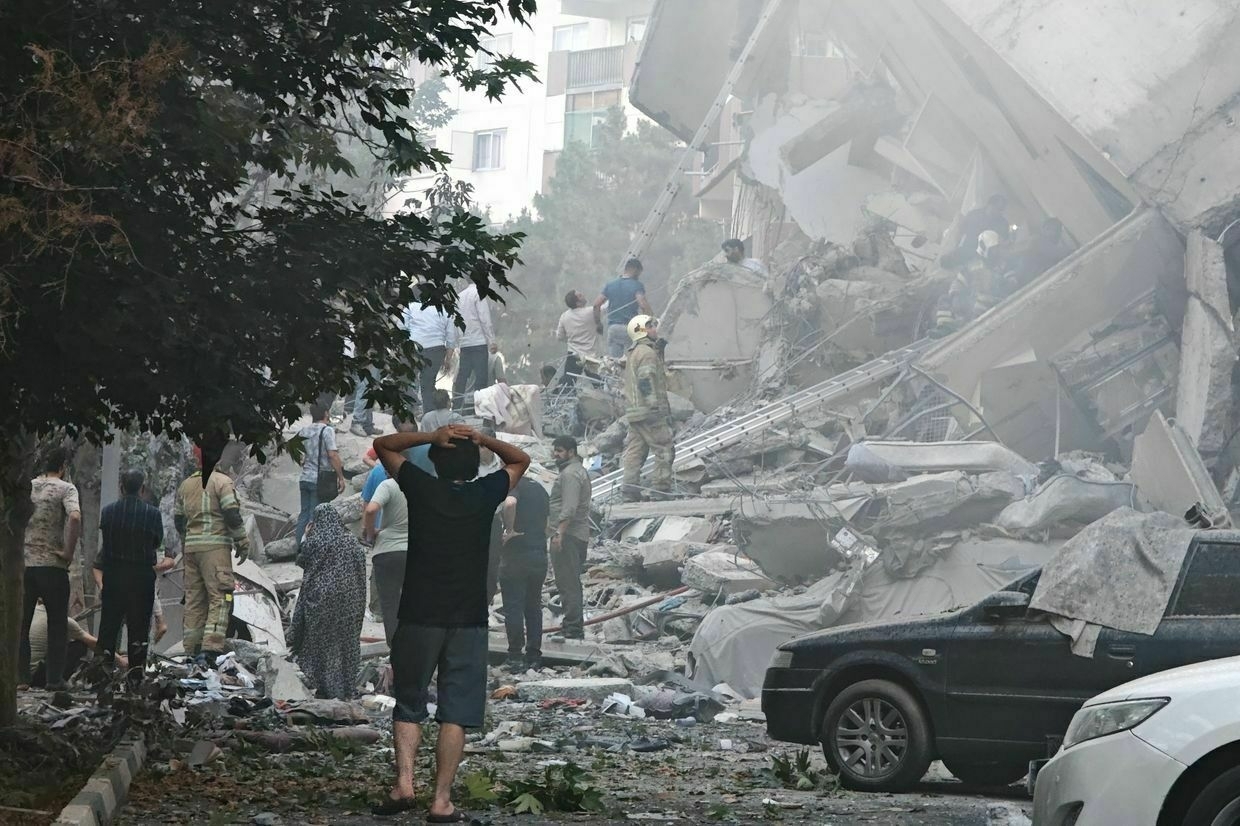
-
Ukraine war latest: Ukrainian MiG-29 strikes Russian drone hub, ammo depot in Zaporizhzhia direction, releases video
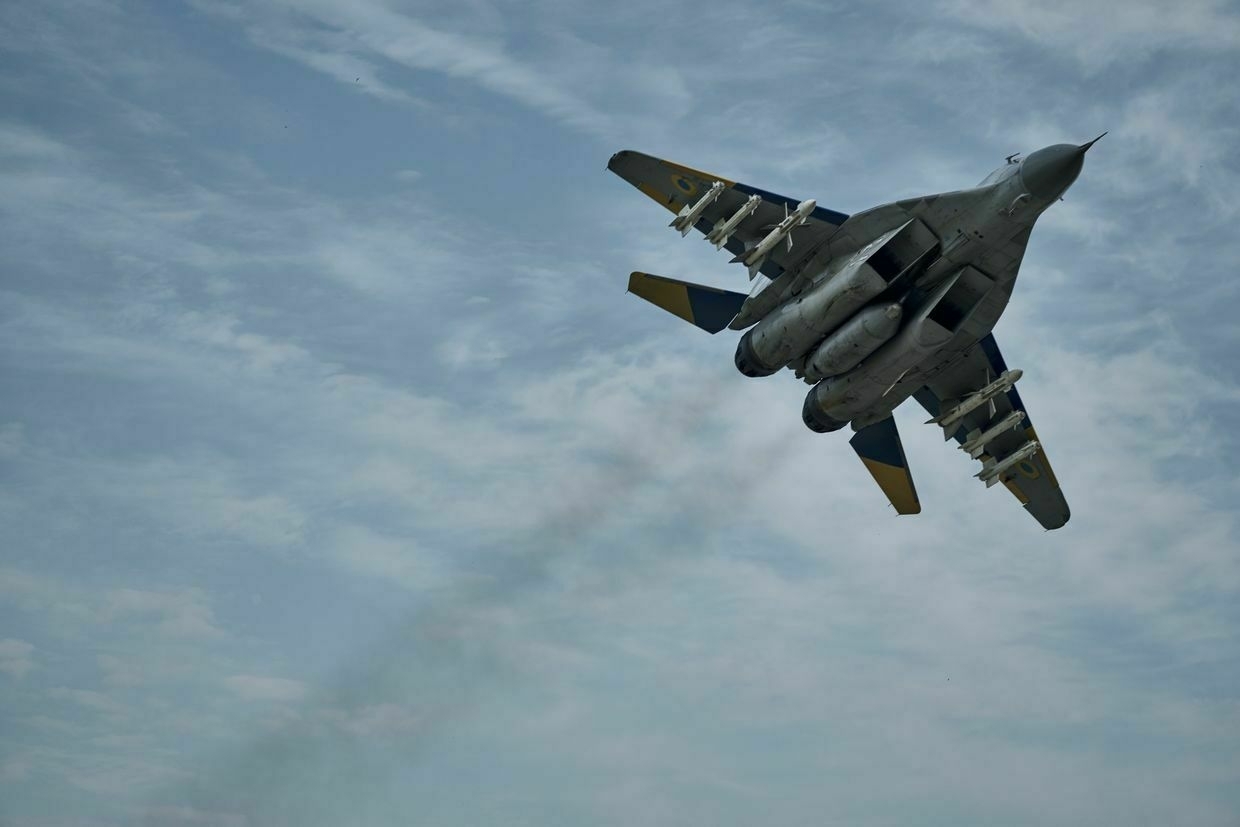
Key developments on June 13:
- Ukrainian MiG-29 strikes Russian drone hub, ammo depot in Zaporizhzhia direction, releases video
- Ukrainian military denies NYT claims about Russian presence in Dnipropetrovsk Oblast
- Russia preparing strategic reserves for conflicts beyond Ukraine, Ukraine warns
- Ukraine repatriates bodies of 1,200 citizens, soldiers under Istanbul deal with Russia
- Russian military equipment reportedly hit in Ukrainian drone attack against Crimea
A Ukrainian MiG-29 fighter jet carried out a precision strike on Russian positions in the Zaporizhzhia direction, targeting a command post for drone operators and a combined ammunition and fuel depot, Ukraine’s Air Force reported on June 13.
The Air Force did not disclose the exact location of the strike but thanked international partners for providing the guided munitions used in the attack.
“We thank our partners for their highly accurate and effective ‘arguments’,” the service wrote.
0:00/A Ukrainian MiG-29 fighter jet carried out a precision strike on Russian positions in the Zaporizhzhia area of southern Ukraine on June 13, 2025. (Ukraine’s Air Force / Telegram) The MiG-29, a Soviet-designed multirole fighter jet, remains a front-line platform in Ukraine’s air force and has been adapted to carry Western-supplied precision-guided weapons.
Zaporizhzhia Oblast, located in southeastern Ukraine, remains one of the war’s most contested areas. While the city of Zaporizhzhia is under Ukrainian control, southern parts of the region remain occupied by Russian forces.
Commander-in-Chief Oleksandr Syrskyi said on May 31 that Russia has intensified offensive operations across several key areas, including Zaporizhzhia, as part of a broader summer push.
Ukrainian forces have continued to conduct airstrikes and sabotage missions to degrade Russian supply lines and disrupt offensive preparations.
Israel-Iran war could provide economic boost Russia needs to continue fight against UkraineIsrael’s “preemptive” strikes against Iran targeting the country’s nuclear program and killing top military officials could have far-reaching implications for Ukraine and could boost Russia’s ability to continue its full-scale invasion, experts have told the Kyiv Independent. Iran has been one of Russia’s staunchest allies throughout the war, providing thousandsThe Kyiv IndependentChris York

Ukrainian military denies NYT claims about Russian presence in Dnipropetrovsk OblastThere is no confirmed information that Russian troops have entered Ukraine’s Dnipropetrovsk Oblast, spokesperson Victor Tregubov of the Khortytsia group of forces told Ukrainian media outlet Suspilne on June 13, refuting earlier claims published by the New York Times (NYT).
The NYT cited Ukrainian military sources claiming that Russian troops crossed the administrative boundary into Dnipropetrovsk Oblast for the first time since the war began.
The reporting also referenced a map by the Institute for the Study of War (ISW) indicating that Russian forces advancing in the region had allegedly secured a foothold.
Tregubov said the situation remains unchanged as of June 13. He indicated that no information suggests Russian forces have crossed the administrative border, but he noted that updated intelligence may be available later in the day.
Andrii Zadubiny, press officer of the Khortytsia forces, also rejected the claims.
“No enemy incursion into Dnipropetrovsk Oblast has been recorded. We refute this information,” he told Suspilne. He suggested that ISW might be relying on Russian sources.
On June 8, Russia’s Defense Ministry claimed that its forces had entered Dnipropetrovsk Oblast, a claim that has not been substantiated by Ukrainian authorities.
The Ukrainian monitoring group DeepState also reported no evidence of Russian forces entering the oblast. A map depicting Russian-occupied areas of Ukraine indicates that the Russian troops are only a couple of kilometers from the border.
To date, Dnipropetrovsk Oblast — a major industrial region in central Ukraine — has not seen confirmed Russian ground incursions, though it has remained under constant threat from missile and drone attacks.
In late April, Ukrainian authorities began mandatory evacuations of families with children from four front-line villages — Kolona Mezhova, Novopidhorodne, Raipole, and Sukhareva Balka — located just kilometers from Russian positions.
The latest developments come amid growing pressure on Ukrainian defenses across multiple fronts and continued failure of U.S.-mediated negotiations to produce a ceasefire agreement.
Why can’t the West match Russia’s ammunition production?Editor’s Note: This article has been updated to reflect new details of BAE Systems’ new chemical process that the company confirmed to the Kyiv Independent after initial publication. The West is failing to catch up to Russia’s production of the most basic unit of war for the past half-millennium — gunpowder.The Kyiv IndependentKollen Post
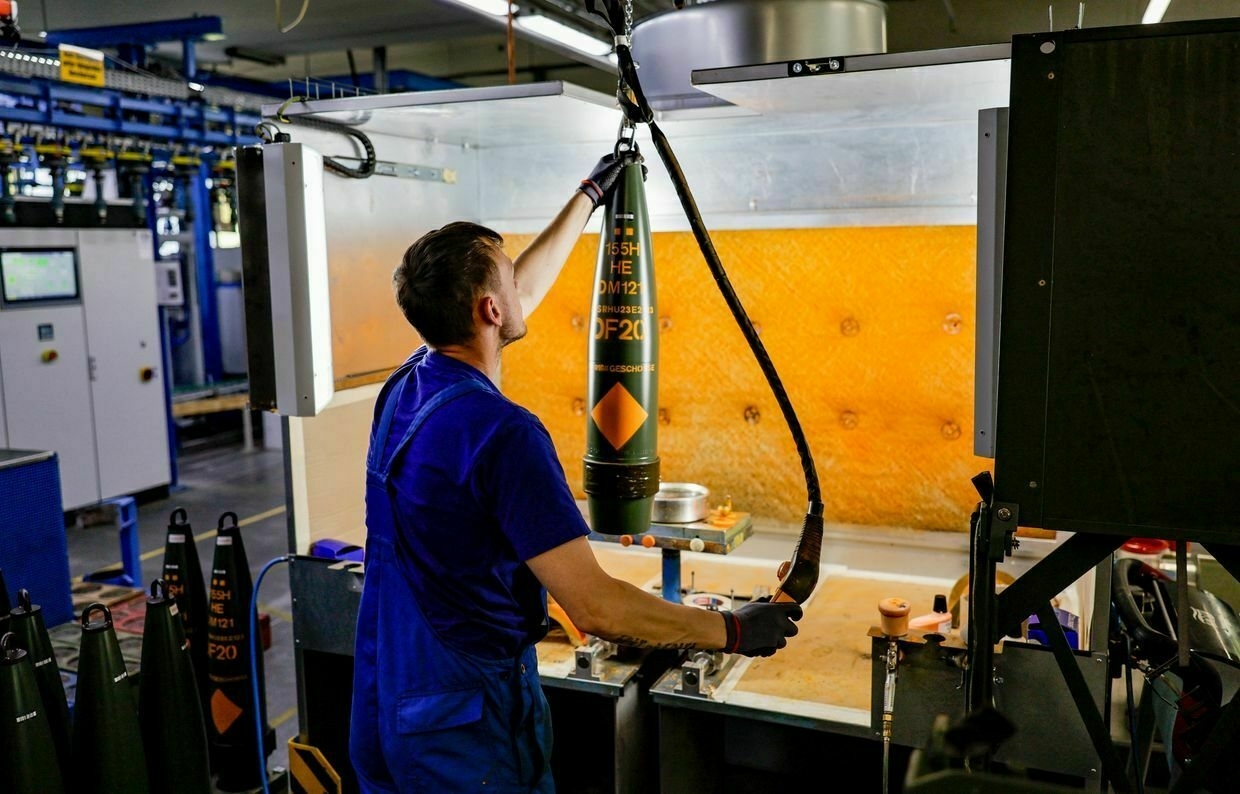
Russia preparing strategic reserves for conflicts beyond Ukraine, Ukraine warnsForeign Minister Andrii Sybiha warned on June 13 that Russia has begun preparing strategic military reserves, signaling plans for military operations that may extend beyond Ukraine.
“According to our intelligence, Russia has started to prepare strategic reserves, which indicates plans for combat operations not only in Ukraine,” Sybiha said during the Globsec conference in Prague, calling for urgent diplomatic and economic pressure.
“Allies need full diplomatic mobilization to stop this war. This is not just a question for Ukraine. (Russian President Vladimir) Putin only understands strength, and right now it’s crucial to apply sanctions in a timely manner, using them as economic weapons to pressure Russia,” Sybiha said.
The comments come as Russia intensifies its military offensives and missile strikes across Ukraine, despite participating in two recent rounds of peace talks in Istanbul. The first talks were held on May 16, followed by a second meeting on June 2. While both rounds produced agreements on prisoner exchanges, they failed to secure a ceasefire.
President Volodymyr Zelensky said in a June 12 interview with Germany’s Bild newspaper that Russia is using the talks to delay tougher U.S. sanctions, while continuing to escalate attacks on Ukrainian cities.
Russia also continues to issue nuclear threats to Western countries. Putin claimed on June 11 that Russia possesses the world’s most advanced nuclear systems, with 95% of its strategic nuclear forces reportedly made up of modern equipment.
Putin emphasized the need to significantly strengthen Russia’s ground forces. Russian defense spending has surged to 6.3% of GDP, the highest level since the Cold War, as Moscow continues to ramp up its military investment amid the ongoing war.
Iranian commander killed in Israeli airstrike oversaw Shahed drone supply to RussiaAmir Ali Hajizadeh was sanctioned by the European Union in 2022 for overseeing Tehran’s supply of Shahed-type drones to Russia.The Kyiv IndependentTim Zadorozhnyy
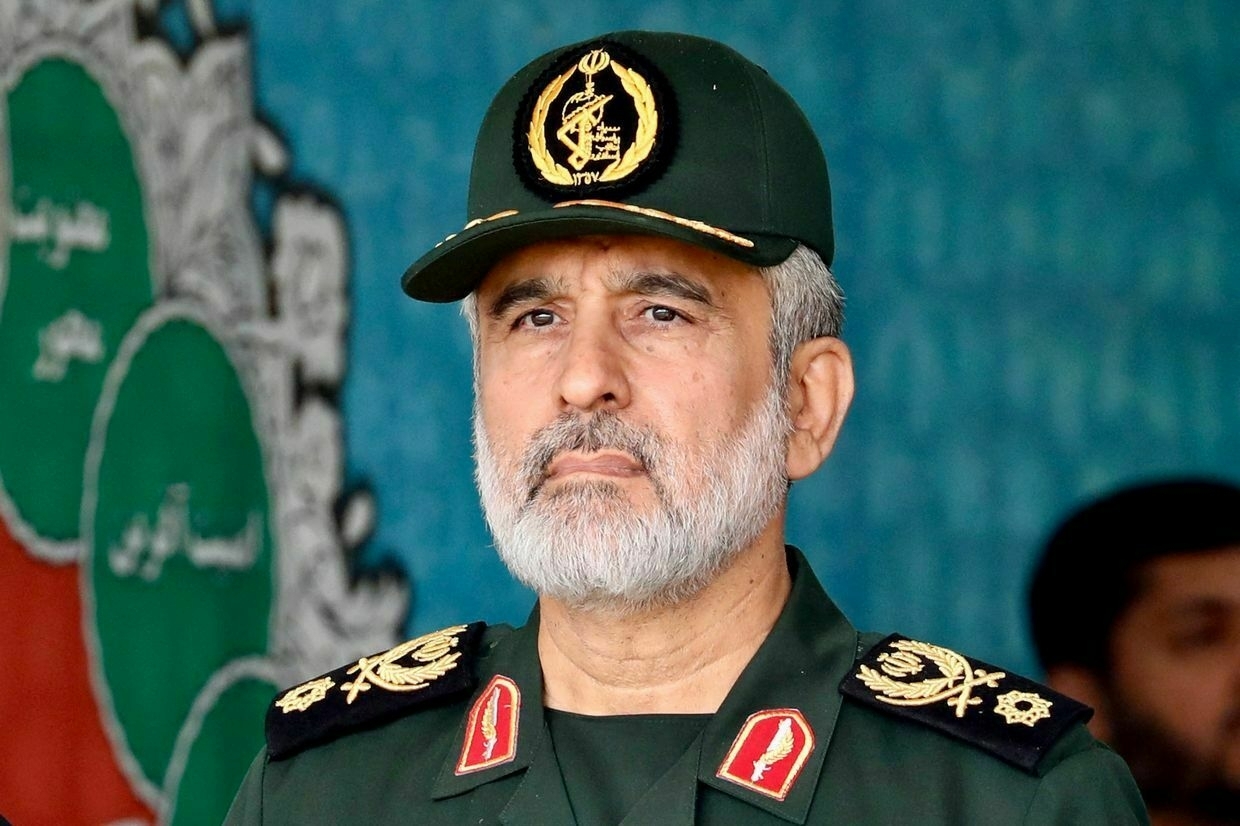
Ukraine repatriates bodies of 1,200 citizens, soldiers under Istanbul deal with RussiaUkraine has brought home the bodies of 1,200 Ukrainian soldiers and citizens as part of an agreement with Russia in Istanbul, the Coordination Headquarters for the Treatment of the Prisoners of War (POWs) announced on June 13.
The repatriation comes after Ukraine brought back the bodies of 1,212 fallen service members earlier this week, with Moscow voicing readiness to release the remains of some 6,000 Ukrainians total during recent peace talks in Istanbul.
The headquarters coordinated the operation with the Security Service of Ukraine (SBU), the Ombudsman’s Office, the military, the Interior Ministry, and other state and defense bodies. The International Committee of the Red Cross has also provided assistance.
It is not immediately clear whether Ukraine released the bodies of Russian soldiers in return. During the previous exchange on June 11, Moscow claimed it had repatriated the bodies of 27 Russian service members.
At the Istanbul meeting on June 2, Russian and Ukrainian delegations agreed on a new exchange of POWs but failed to reach a ceasefire agreement.
The talks led to the most extensive prisoner swap in late May, involving 1,000 captives on each side. The exchanges continued this week, focusing on severely ill and wounded soldiers.
Russia accused Ukraine on June 7 of failing to uphold a proposed prisoner exchange, a charge Kyiv denied. Russian media published footage showing refrigerated containers allegedly holding the bodies of Ukrainian soldiers, suggesting Kyiv had rejected their return.
POW Coordination Headquarters deputy head Andrii Yusov told Ukrainian Pravda that the footage had been filmed inside Russia and not at a designated exchange site.
Kyiv has repeatedly urged Moscow to adopt an “all-for-all” prisoner exchange formula. While over 5,000 Ukrainians have been returned from Russian captivity since March 2022, Russia continues to resist a comprehensive swap.
Amid Moscow’s war in Ukraine, Trump wonders why ‘everybody hates’ Russia“He (Russian President Vladimir Putin) fought with us in World War II… and now everybody hates Russia and loves Germany and Japan. It’s a strange world,” U.S. President Donald Trump said.The Kyiv IndependentAnna Fratsyvir
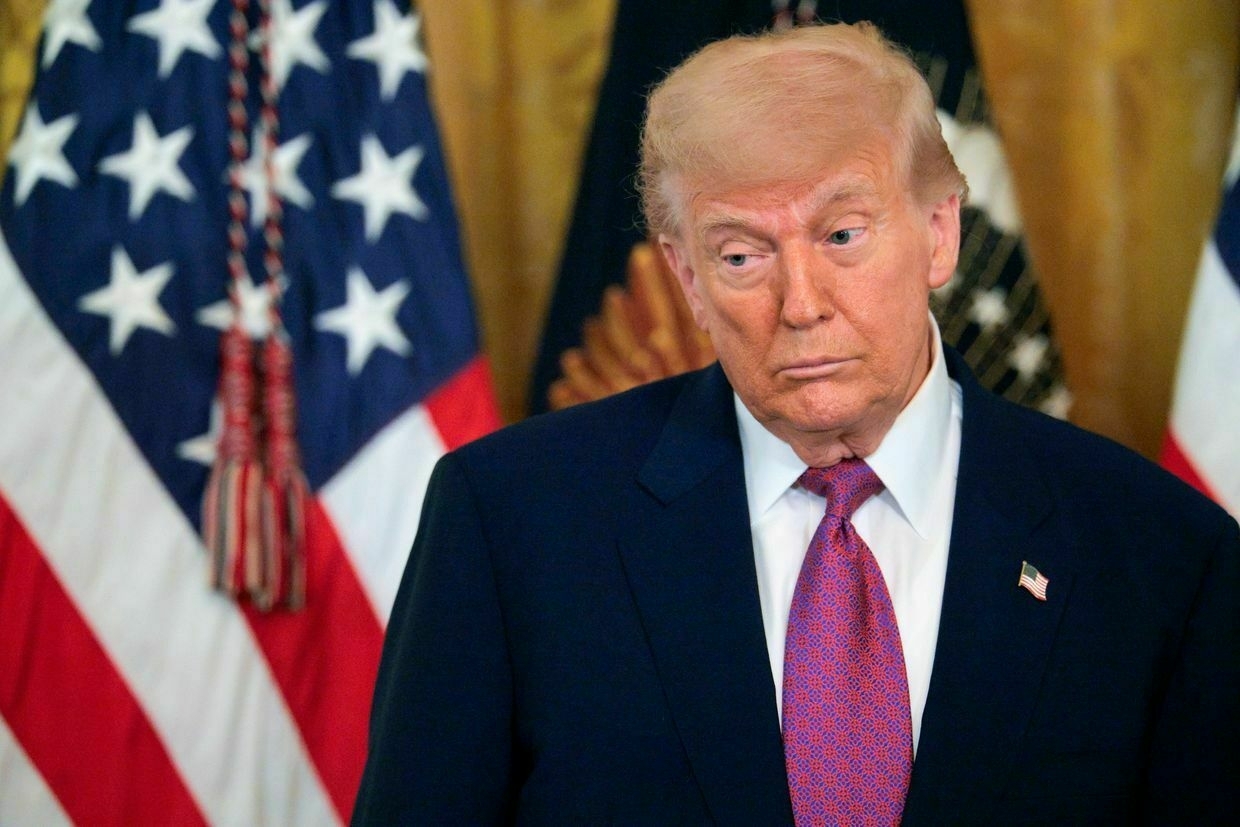
Russian military equipment reportedly hit in Ukrainian drone attack against CrimeaExplosions could be heard across Crimea early on June 13, including in Sevastopol and Simferopol, the Crimean Wind Telegram channel reported amid Russian claims of Ukrainian drone attacks.
Atesh partisans reported “precise hits” against Russian military facilities near Simferopol.
“Our agents report that due to the negligence of the (Russian) command, valuable equipment was damaged, probably an air defense missile system,” the group said on Telegram.
“There are also losses among the troops,” Atesh said, adding that the exact numbers are difficult to establish.
The pro-Ukrainian Crimean Wind Telegram channel reported a hit in Simferopol, Crimea’s capital, sharing a photo of a plume of smoke rising in the vicinity of a local power station and of the village of Perevalne. Blasts in Yevpatoriia, Saki, Fedosia, and elsewhere were also reported.
Russia’s Defense Ministry claimed its air defenses shot down 125 Ukrainian drones overnight on June 13, including 70 over Crimea and seven over the Black Sea. Russian officials did not comment on possible damage.
The Kyiv Independent could not verify the claims. Ukraine has not commented on the alleged attacks.
Russia has illegally occupied Crimea since 2014, transforming the peninsula into a heavily militarized stronghold to support its war against Ukraine.
Ukrainian forces have repeatedly targeted the peninsula with missiles and drones since the outbreak of the full-scale war in 2022. Most recently, Ukrainian drones attacked an ammunition depot used by Russia’s 126th Coastal Defense Brigade near the village of Perevalne.
Note from the author:
Ukraine War Latest is put together by the Kyiv Independent news desk team, who keep you informed 24 hours a day, seven days a week. If you value our work and want to ensure we have the resources to continue, join the Kyiv Independent community.
-
Without a hint of irony, Putin offers condolences for 'civilian casualties' in Iran, condemns Israel's 'violations' of UN Charter
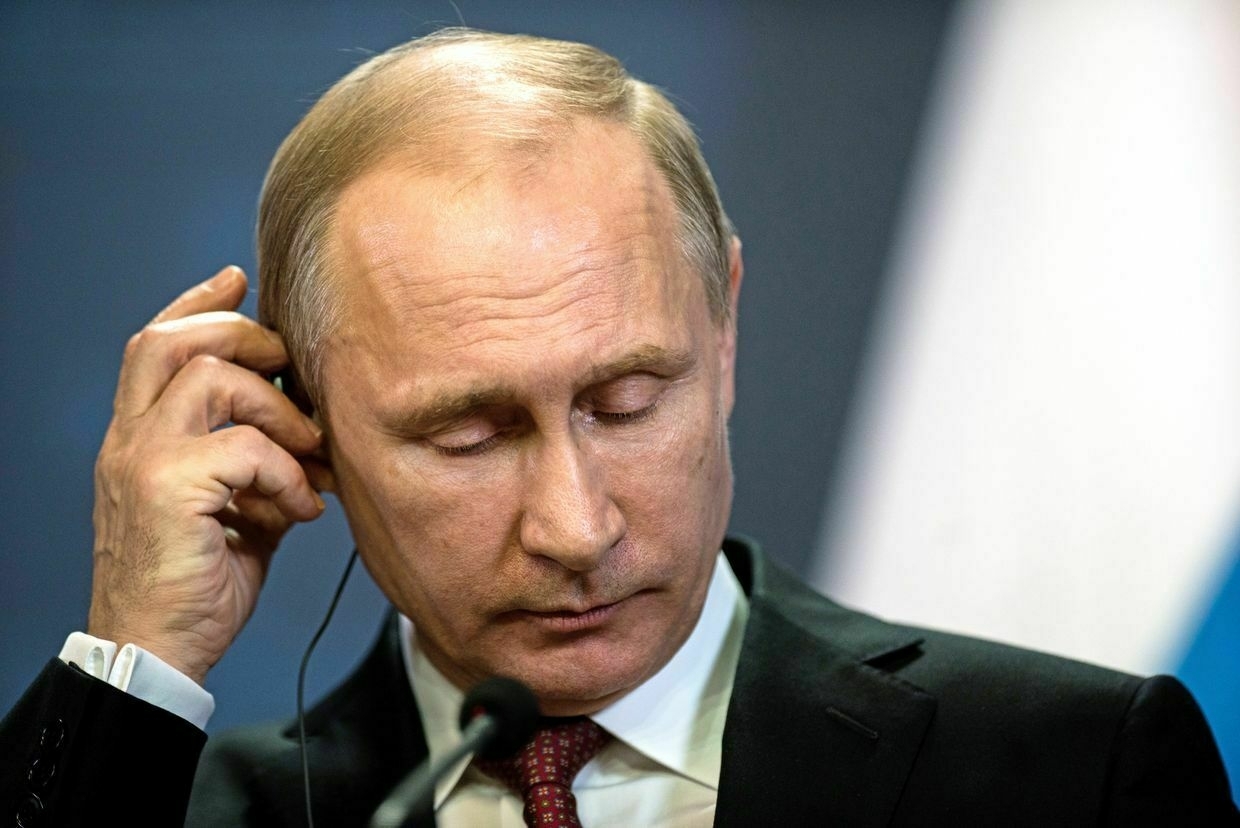
Russian President Vladimir Putin spoke separately with Iranian President Masoud Pezeshkian and Israeli Prime Minister Benjamin Netanyahu on June 13, amid a sweeping Israeli air assault on Iran that killed top military officials and targeted the country’s nuclear infrastructure.
The Israeli strike, described by Tel Aviv as “preemptive,” involved 200 aircraft and the release of 330 munitions on over 100 sites. Iran’s Islamic Revolutionary Guard Corps confirmed that several senior commanders were killed, including aerospace chief Amir Ali Hajizadeh.
During his call with Pezeshkian, Putin expressed condolences for what the Kremlin described as “numerous civilian casualties” and condemned Israel’s actions as violations of the UN Charter and international law.
The conversations took place just hours after Russia launched its own missile and drone assault on Ukraine. At least four civilians were killed and 24 injured in Russian attacks across multiple regions on June 13, according to Ukrainian officials.
Moscow has killed tens of thousands of Ukrainian civilians, and the true extent of the death toll is simply not known. Russia’s full-scale invasion of Ukraine was a clear and direct violation of both international law and the UN Charter.
During the conversation with Netanyahu, Putin emphasized “the importance of returning to the negotiation process,” and offered to mediate in the conflict.
The Russian leader, who has himself been indicted by the International Criminal Court for war crimes in Ukraine, also pledged Moscow’s support in “de-escalating the conflict."
Russia has deepened military and political ties with Tehran since the start of its full-scale war against Ukraine. Iran has supplied Moscow with thousands of Shahed-type attack drones and short-range ballistic missiles used in routine strikes on Ukrainian cities.
Ukraine’s Foreign Ministry responded to the Middle East escalation by expressing concern about broader regional instability but reiterated that “the Iranian regime supports Russia in its illegal war of aggression” and provides it with “weapons to kill Ukrainians."
Kyiv warned that the fallout could destabilize international security and trigger economic shocks. Global oil prices soared over 10% after the Israeli operation — a development that could enhance revenues for Russia, whose war budget is largely financed by energy exports.
Israel-Iran war could provide economic boost Russia needs to continue fight against UkraineIsrael’s “preemptive” strikes against Iran targeting the country’s nuclear program and killing top military officials could have far-reaching implications for Ukraine and could boost Russia’s ability to continue its full-scale invasion, experts have told the Kyiv Independent. Iran has been one of Russia’s staunchest allies throughout the war, providing thousandsThe Kyiv IndependentChris York
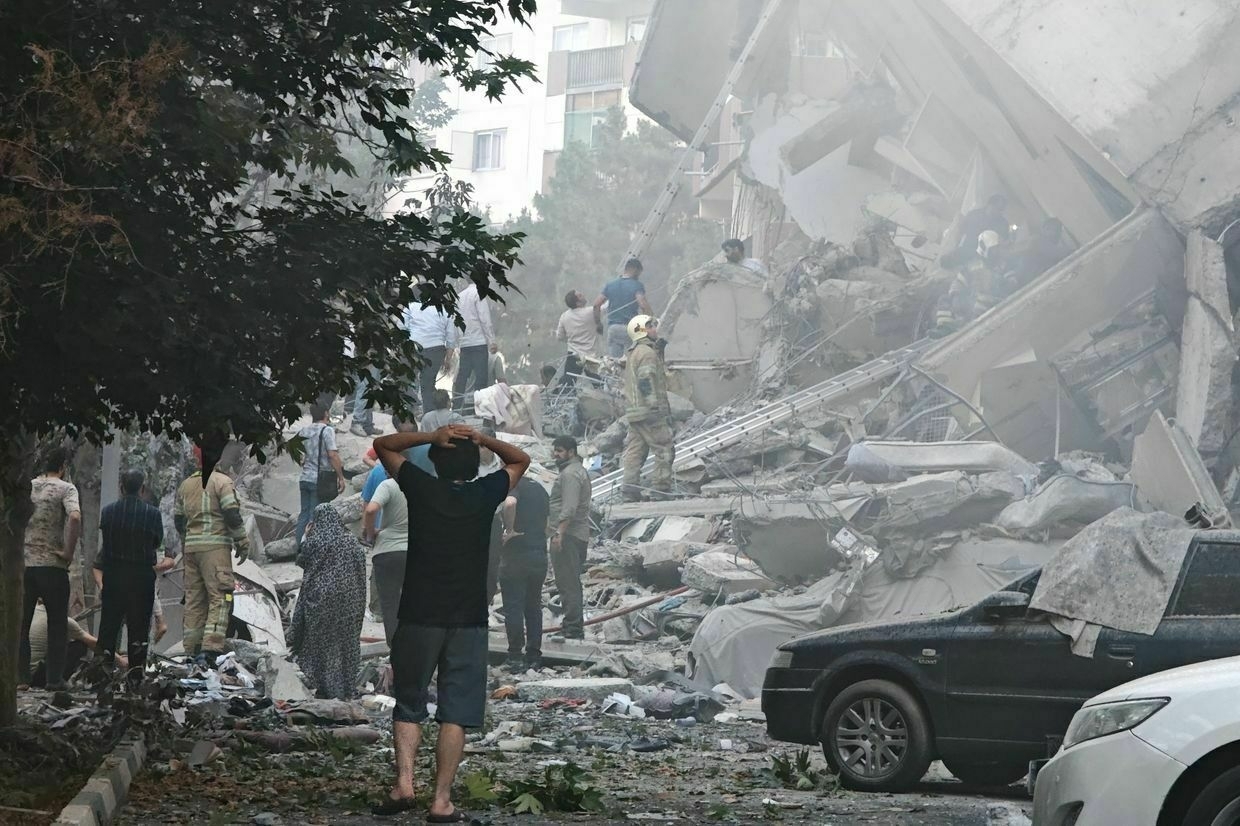
-
Drone warfare: how the Ukrainian “Bulava” outclasses Russian “Lancets” #shorts
-
British jets intercept Russian spy plane over Baltic Sea, Poland calls it NATO readiness test
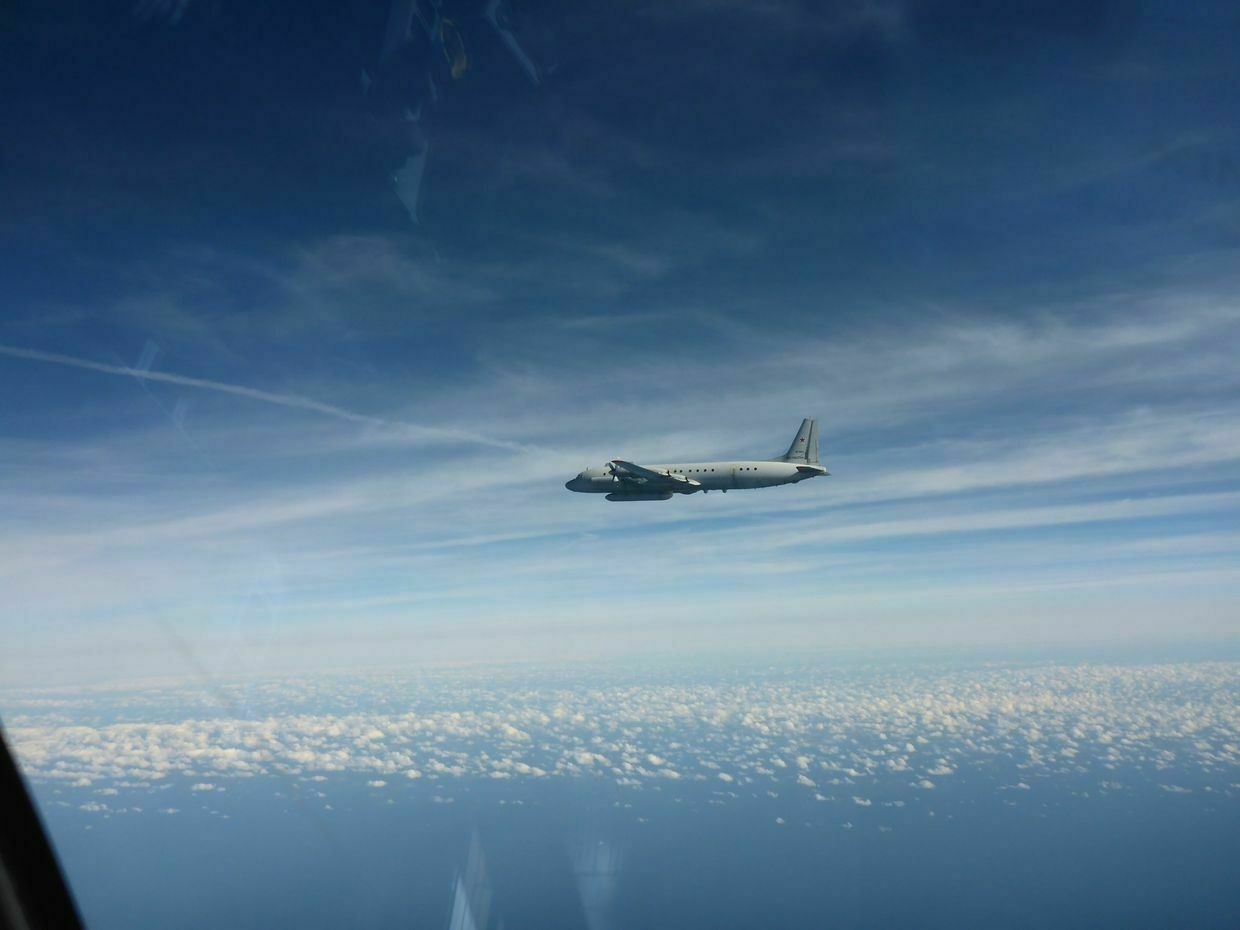
British fighter jets intercepted a Russian Il-20 reconnaissance aircraft that violated airspace over the Baltic Sea on the morning of June 13, Poland’s military command reported.
“This is another case of provocative testing of the readiness of NATO countries' systems,” the statement said, adding that NATO command structures are now analyzing the incident.
The Russian Il-20, based on the Il-18 transport aircraft, is used for electronic surveillance and reconnaissance missions. It is equipped with radar and signal intelligence gear designed to collect information on military infrastructure and communication networks.
According to the military command, the aircraft entered Baltic Sea airspace at approximately 10:50 a.m. and was promptly intercepted by two British fighter jets operating out of Poland.
No further details were disclosed about the exact location of the encounter or how long the Russian aircraft remained in restricted airspace.
The incident adds to a series of aerial provocations reported by NATO allies since the start of Russia’s full-scale invasion of Ukraine in 2022. Poland has repeatedly scrambled jets in response to Russian missile and drone attacks near its border.
On Feb. 11, a Russian Su-24MR reconnaissance aircraft flew into Polish airspace over the Bay of Gdansk for more than a minute. Moscow attributed the incursion to a navigational error, but Polish officials dismissed the claim as implausible.
Poland shares a long border with Ukraine and a northern coastline along the Baltic Sea, where Russia’s militarized Kaliningrad exclave is located.
Warsaw has repeatedly warned that Russia’s ongoing aerial provocations could lead to a dangerous escalation if not firmly countered.
How an Israel-Iran war could help Russia’s economy — and deprive Ukraine of weaponsIsrael’s “preemptive” strikes against Iran targeting the country’s nuclear program and killing top military officials could have far-reaching implications for Ukraine and could boost Russia’s ability to continue its full-scale invasion, experts have told the Kyiv Independent. Iran has been one of Russia’s staunchest allies throughout the war, providing thousandsThe Kyiv IndependentChris York
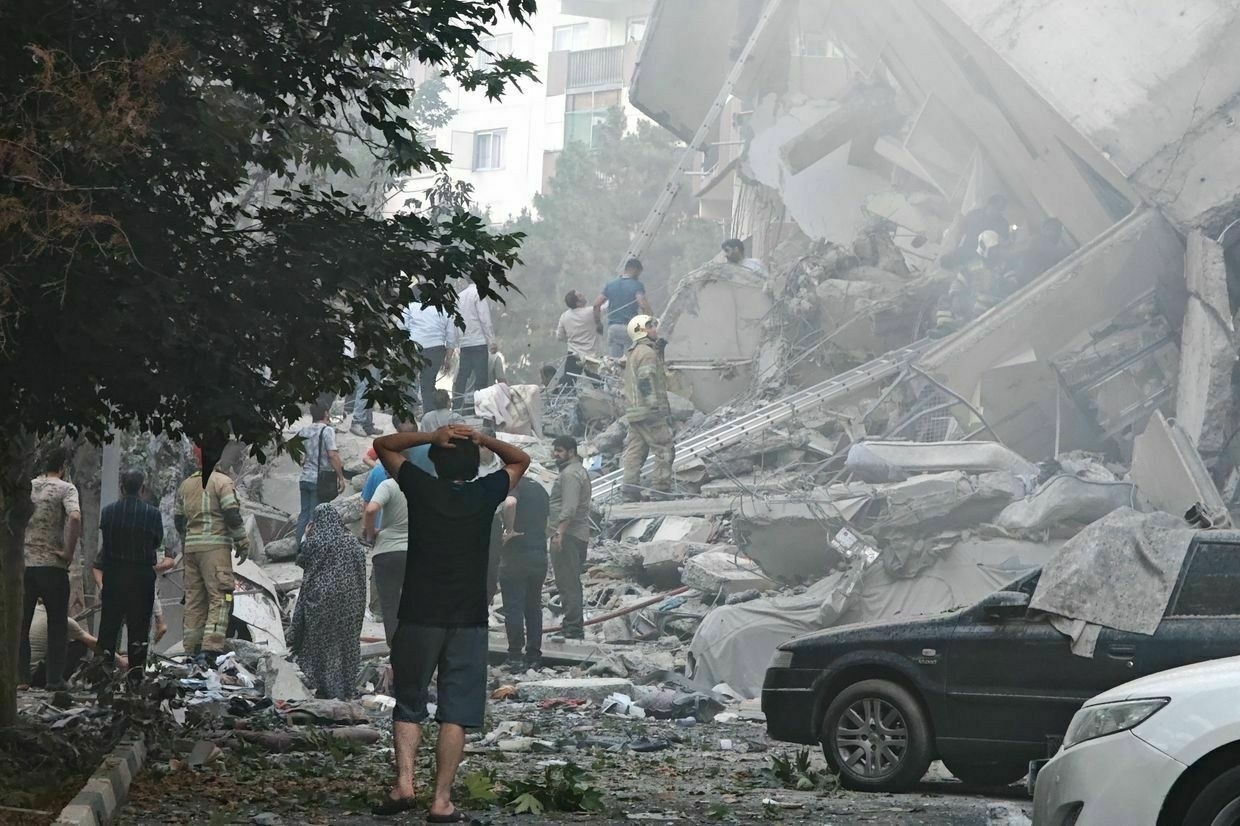
-
How an Israel-Iran war could help Russia's economy — and deprive Ukraine of weapons
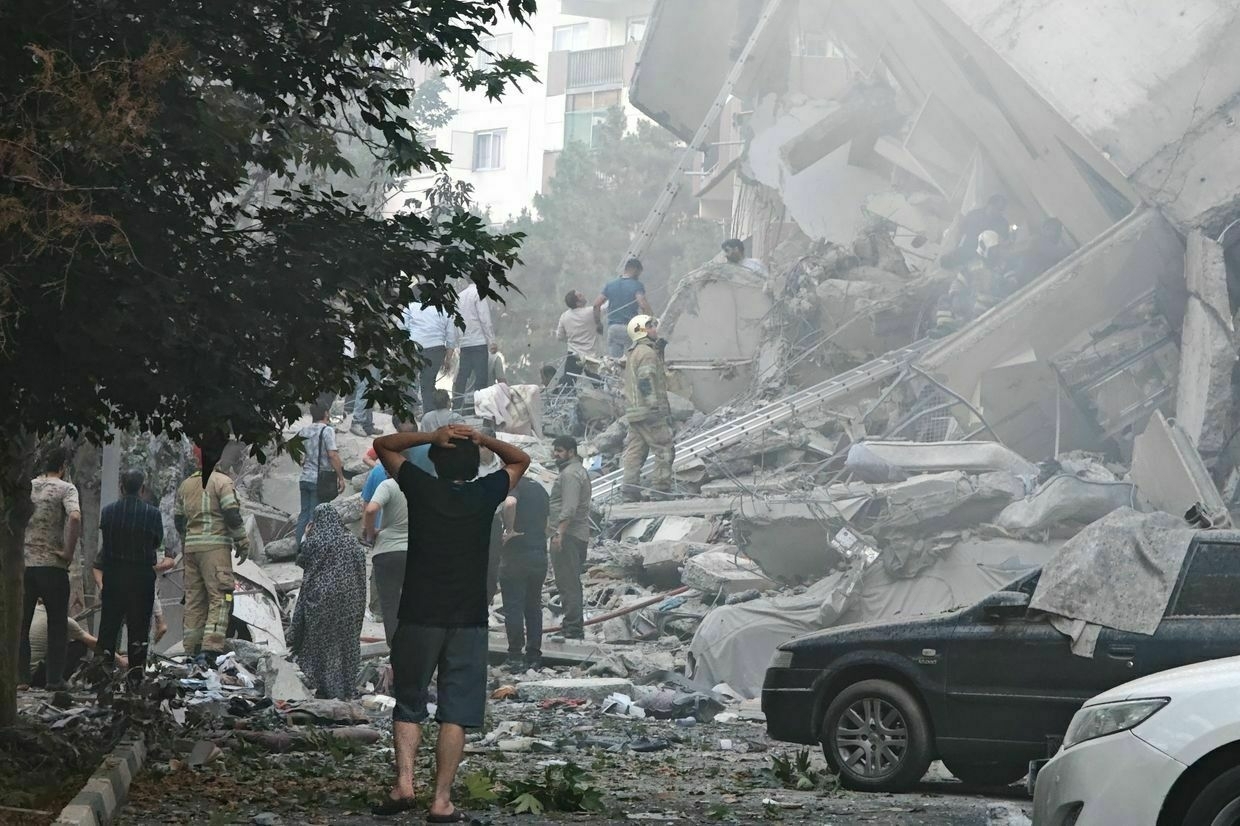
Israel’s “preemptive” strikes against Iran targeting the country’s nuclear program and killing top military officials could have far-reaching implications for Ukraine and could boost Russia’s ability to continue its full-scale invasion, experts have told the Kyiv Independent.
Iran has been one of Russia’s staunchest allies throughout the war, providing thousands of Shahed strike drones and short-range ballistic missiles.
Meanwhile, the U.S. has long been Israel’s strongest backer and any escalation of the conflict will likely cause further shifts in the White House’s geopolitical priorities.
“It will be more difficult for Ukraine to acquire weapons from the U.S. because Washington is expected to boost military aid to Israel,” Serhii Danylov, an expert at Ukraine’s Association of Middle East Studies, told the Kyiv Independent.
And this is just one of multiple factors that Israel’s attacks on Iran have already had, and which a wider war in the region would only likely exacerbate.
Oil prices and Russia’s economyIsrael’s attack on Iran could be a godsend for Russia’s ailing oil sector, which fell last month to its lowest price in over two years.
In anticipation of Iran’s retaliation, Brent crude prices, the global benchmark, jumped from $69.36 to $74.5 to $75 per barrel — levels not seen since February — with some oil forecasters warning prices could skyrocket to $80 per barrel.
It’s a jolt that’s shocked the oil sector, which has seen declining prices, particularly after Saudi Arabia spearheaded a production hike and U.S. President Donald Trump’s “Liberation Day” tariffs sparked fears of an economic slowdown.
For Russia, this could be the adrenaline shot needed to recover its anemic Ural crude prices, which have dropped 14% year-on-year from January to May, David Fyfe, chief economist at Argus Media, a market analyst group, told the Kyiv Independent.
Russia’s energy sector made up 35-40% of its budget revenues pre-full-scale invasion and is powering its war machine.
Western sanctions on Russian energy and the G7’s Russian oil price cap of $60 per barrel have hampered its profits, with Russia losing more than $150 billion over the last three years, but have yet to deal a crippling blow.
Until the Israeli attacks, the future wasn’t looking so bright for Russian crude. Europe is planning its 18th sanctions package hitting Russia’s energy sector, and the G7 is pushing for a $45 price cap.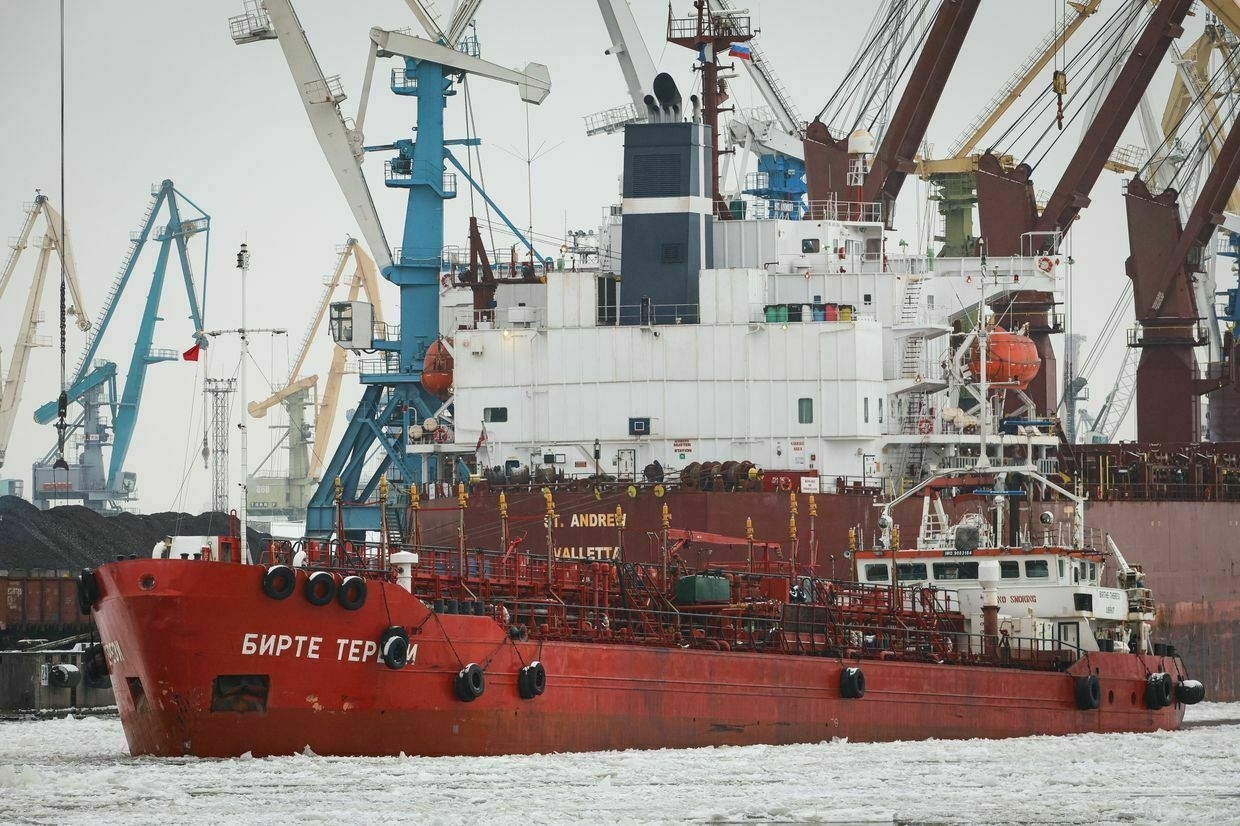
The oil and chemical tanker Birthe Theresi sails along the Sea Canal of the Big Port in St. Petersburg, Russia, on Feb. 12, 2025. (Artem Priakhin/SOPA Images/LightRocket via Getty Images) If Brent prices continue to rise, it will likely drag up Ural prices too, potentially funneling more money into Moscow’s coffers, said Fyfe.
Ural crude, which is of a similar quality to the potentially at-risk Middle East crude, is an attractive replacement over Brent Crude.
“It’s also possible that the threat posed (however hypothetically) to Middle East oil supplies forces G7 nations to pause their current attempts to lower the price cap for Russian crude exports from $60 to $45,” said Fyfe.
“Shelving that proposal would also be welcomed by the regime in Moscow."
This is not the first time oil prices have risen due to tensions in the region. Iran’s missile attacks on Israel on Oct. 1 caused oil prices to spike by nearly $10 a barrel as forecasters braced for Israel’s retaliation. Experts predicted that a wider conflict in the region would be a gold rush for Moscow.“It is an open question if Russia is capable of a greater military effort than the one it is already making against Ukraine.”
The situation now is closer to the edge than in October. Back then, Israel said it wouldn’t target Iran’s nuclear and oil facilities. But this time, Israel said it hit the “heart” of Iran’s nuclear program.
According to Fyfe, the main concern that would affect oil prices even more significantly would be Iran blocking the Strait of Hormuz, which could block one-fifth of global oil demand.This would also mean Iran blocks its own oil exports too, so it would only be a last resort from Tehran, said Fyfe. Even so, just the fear of this hypothetical has been enough to drive up energy prices.
Diplomatic shiftsAn Israeli-Iranian war is likely to shift attention from Ukraine to the Middle East — similarly to the Gaza war, which started after Hamas militants attacked Israel in October 2023.
"I suspect the main impact on Russia and Ukraine will be the removal of the international media's spotlight and its refocusing on the Middle East, and the same with the attention of the Trump administration," Jenny Mathers, a lecturer in international politics at the U.K.'s Aberystwyth University, told the Kyiv Independent.
"Any pressure on Russia for a ceasefire or a peace agreement will drop away."
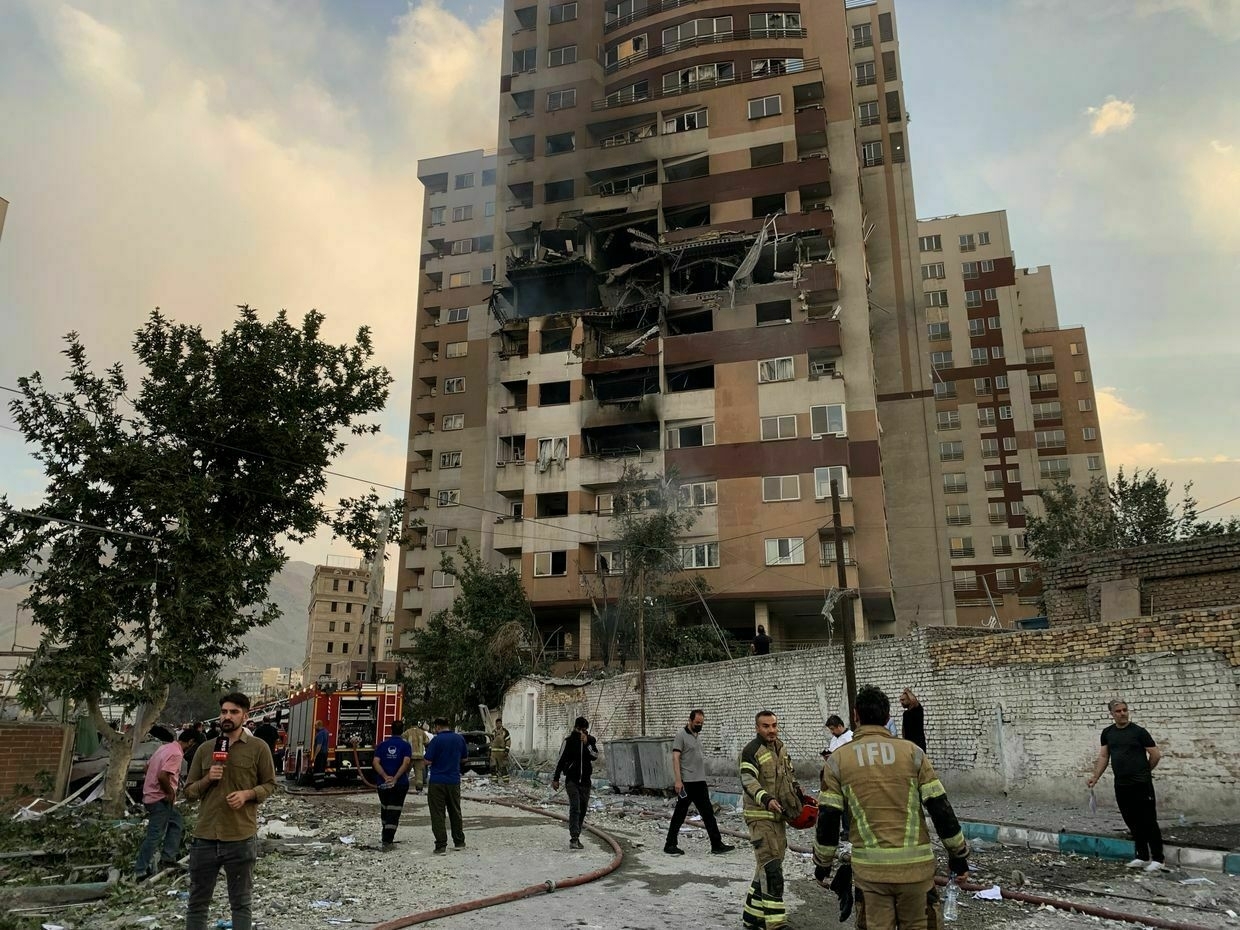
A damaged building in Tehran, Iran, after an Israeli strike on June 13, 2025. (Fatemeh Bahrami/Anadolu via Getty Images) Russia may see this as an opportunity to redouble its offensive, according to James Shea, a defense and security expert at Chatham House.
"But it is an open question if Russia is capable of a greater military effort than the one it is already making against Ukraine," he said.
Support for IranRussia has historically supported Iran and its regional allies, such as Lebanon's Hezbollah Islamist group and Syrian ex-President Bashar al-Assad's regime, which was toppled in 2024. In exchange, Iran has supplied its Shahed kamikaze drones to Russia.
Russia's Foreign Ministry condemned the Israeli attacks on June 13, saying that they "threatened stability and security" in the Middle East.
The Kremlin will likely back Iran in its war with Israel politically and diplomatically and through intelligence sharing, according to Danylov.
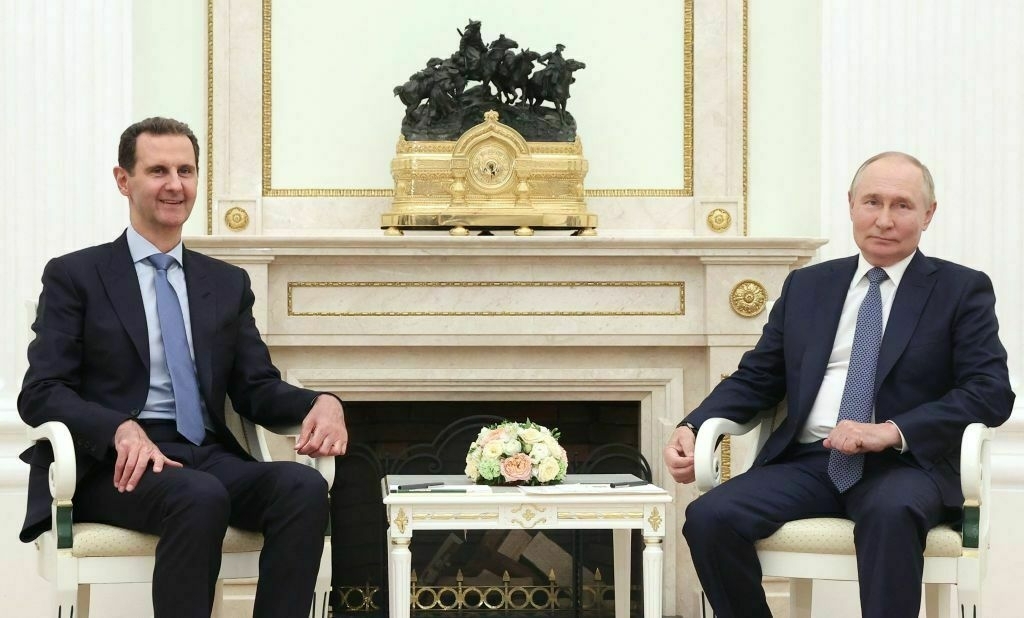
Russia’s President Vladimir Putin meets with Syria’s then-President Bashar al-Assad at the Kremlin in Moscow on July 24, 2024. (Valery Sharifulib/POOL/AFP via Getty Images) But Russia has previously opposed Iran's nuclear program, and it might also be afraid of backing Tehran because it would lead to a confrontation with the U.S., Michael Sahlin, a Middle East specialist at the Stockholm International Peace Research Institute, told the Kyiv Independent.
The Kremlin might also try to present itself as a mediator between Israel and Iran, analysts say.
"Putin is well placed to play the magnanimous peacemaker role alongside Trump and try to arrange a ceasefire and de-escalation," Shea said.
"He will use this to score points with Trump as a reliable partner and use this to persuade Trump to go easy on him in Ukraine and not to impose new sanctions on Moscow."
Trump's peace effortsThe escalation of the war also highlights the failure of Trump's efforts to negotiate peace deals in both the Middle East and Ukraine.
Trump's team has been unsuccessfully trying to broker peace between Israel and Hamas, an Iranian ally in the Gaza Strip, as well as an agreement on ending Tehran's nuclear arms program.
Despite Trump's promise "to stop all wars," those in both Ukraine and the Middle East are now escalating.
As Russian losses in Ukraine hit 1 million, Putin’s war economy heads toward breaking pointRussian losses in Ukraine hit a massive, and grim milestone on June 12 — 1 million Russian soldiers killed or wounded during the 39-month-long full-scale war, according to figures from Kyiv. Although hugely symbolic, the number is unlikely to prompt a change in tactics from Moscow as it gears up forThe Kyiv IndependentChris York
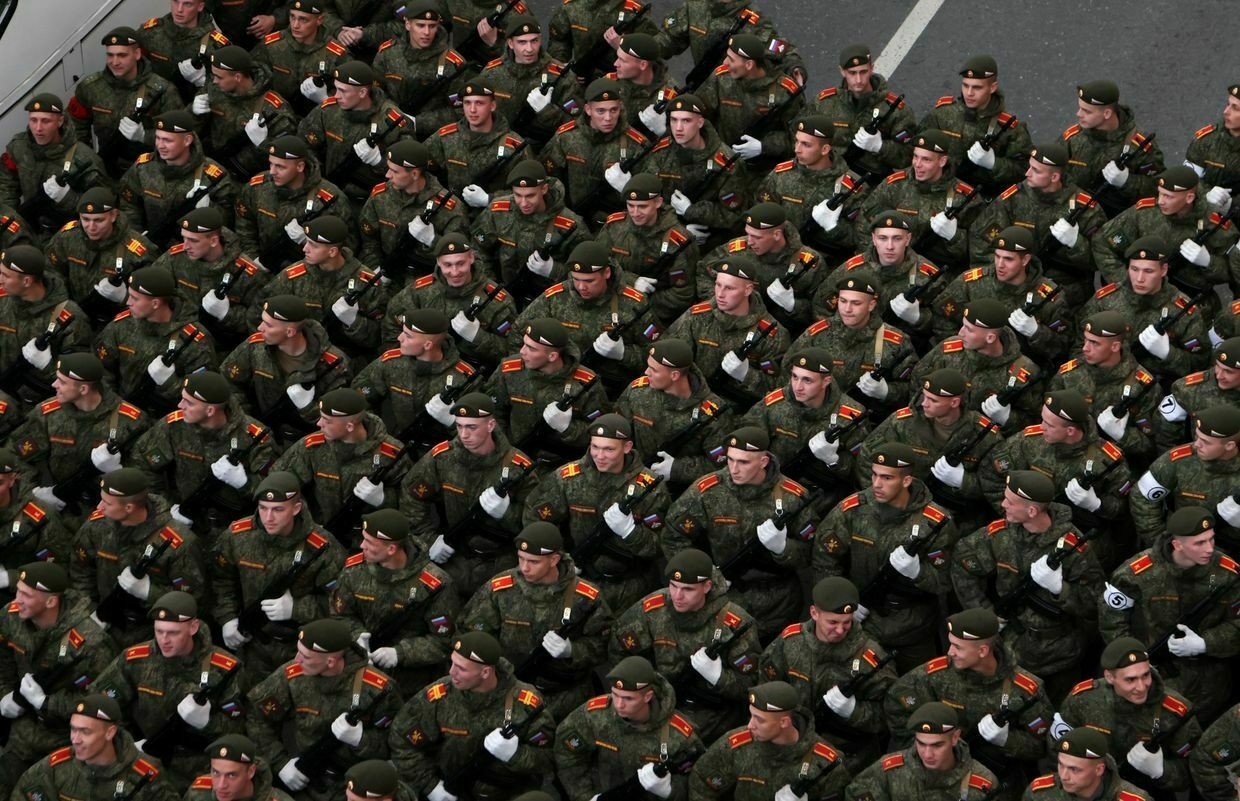
The military implicationsIran has been one of Russia's key allies during the course of the full-scale invasion, second only to that of North Korea.
Russia's default weapon for its near-nightly barrages of Ukrainian cities are variations of the Iranian-designed Shahed drone, imported versions of which first appeared in Ukraine's skies in October 2022.
Since then, attacks have only escalated and recent mass strikes have seen nearly 500 Shahed-type drones launched per night.
Shea told the Kyiv Independent that events in Iran are unlikely to have an effect on Russia's ability to launch mass drone strikes.
"Russia has set up factories on its own territory to produce Iranian Shahed drones under license," he said.
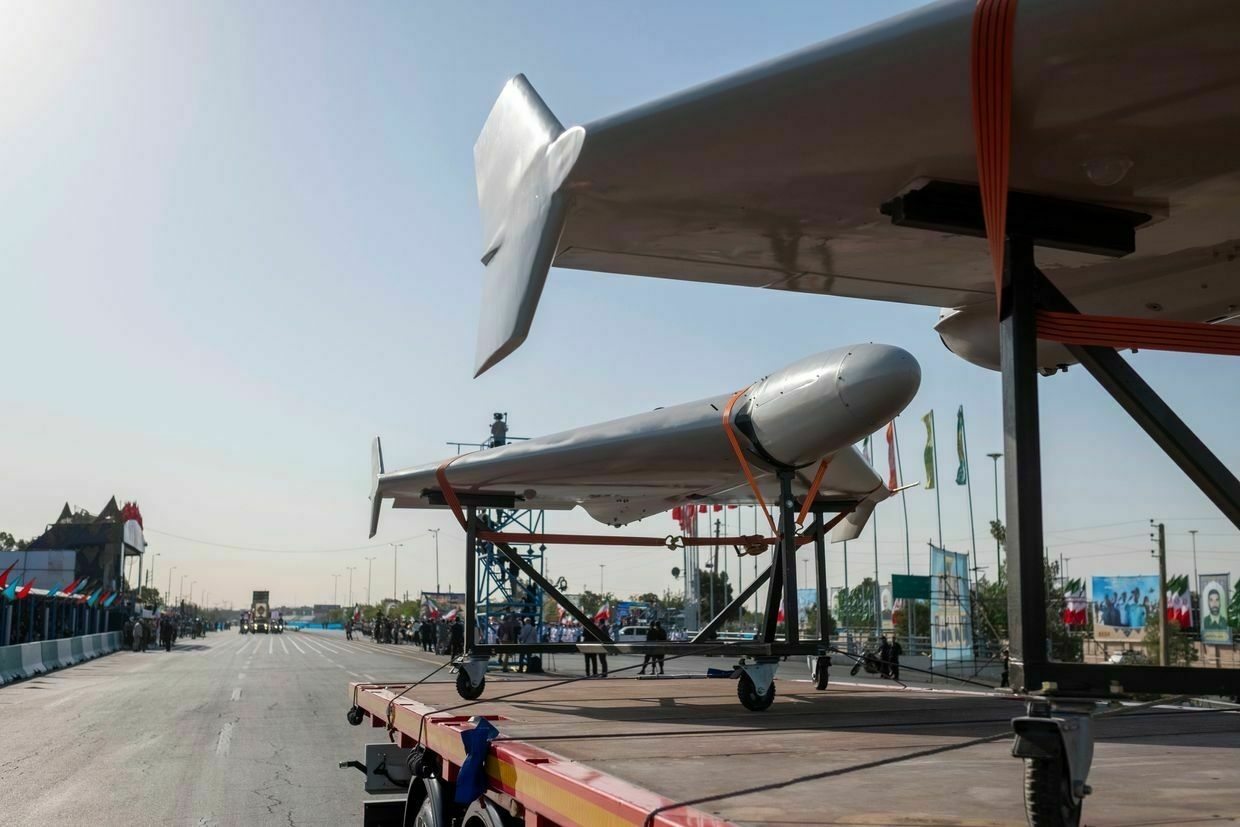
Shahed-136s, an Iranian-made unmanned aerial vehicle (UAV), in the south of Tehran, Iran, on Sept. 21, 2024. (Morteza Nikoubazl/NurPhoto via Getty Images) "It also gets drones from China which it converts to military use and has rapidly developed its domestic drone manufacturing since its full-scale invasion of Ukraine."
Samuel Bendett, a senior fellow at the Center for a New American Security, said most if not all Shahed-type drones used by Russia are now domestically produced, "so the Israeli attack on Iran is not going to disrupt whatever flows used to exist."
But Shea does point out that Russia may have difficulty obtaining newer versions of the Shahed that it doesn't yet mass produce domestically, such as the Shahed 238 (Geran 3) which is a turbojet powered model that can fly much faster than previous versions.
A more unknown quantity are the Iranian ballistic missiles reportedly delivered to Russia late last year.
Despite multiple Western governments confirming deliveries, and the U.S., U.K., France, and Germany placing further sanctions on Iran as a result, to date there have been no reports of their use against Ukraine, Danylov said.
But while Russia's offensive capabilities may remain largely unchanged by Israel's attack on Iran, Ukraine's defensive capabilities — much of which has been supplied by the U.S. — could suffer as a result.
"The U.S. may need to provide greater assistance to Israel in the aftermath for one reason or another, which could ultimately hurt Ukraine," Fabian Hoffmann, a defense expert and doctoral research fellow at the University of Oslo, told the Kyiv Independent.
Why can’t the West match Russia’s ammunition production?Editor’s Note: This article has been updated to reflect new details of BAE Systems’ new chemical process that the company confirmed to the Kyiv Independent after initial publication. The West is failing to catch up to Russia’s production of the most basic unit of war for the past half-millennium — gunpowder.The Kyiv IndependentKollen Post
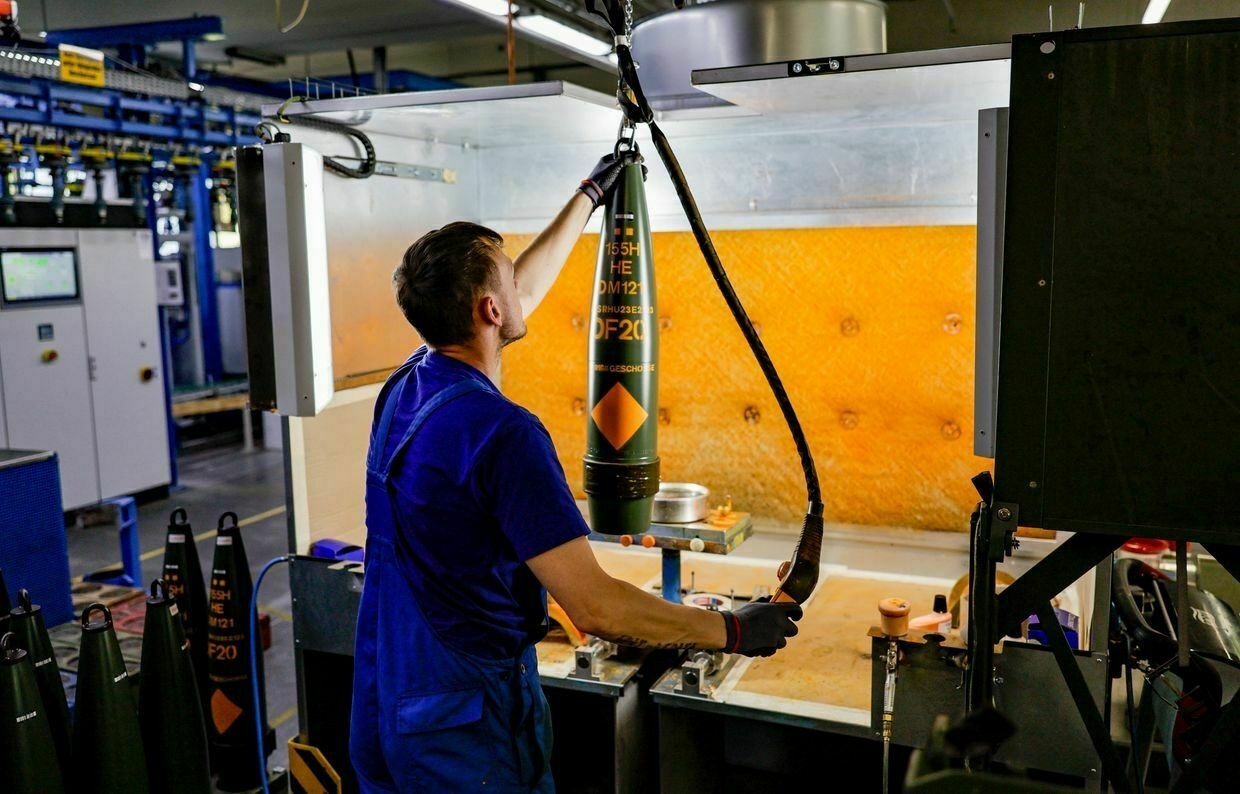
-
Iranian commander killed in Israeli airstrike oversaw Shahed drone supply to Russia
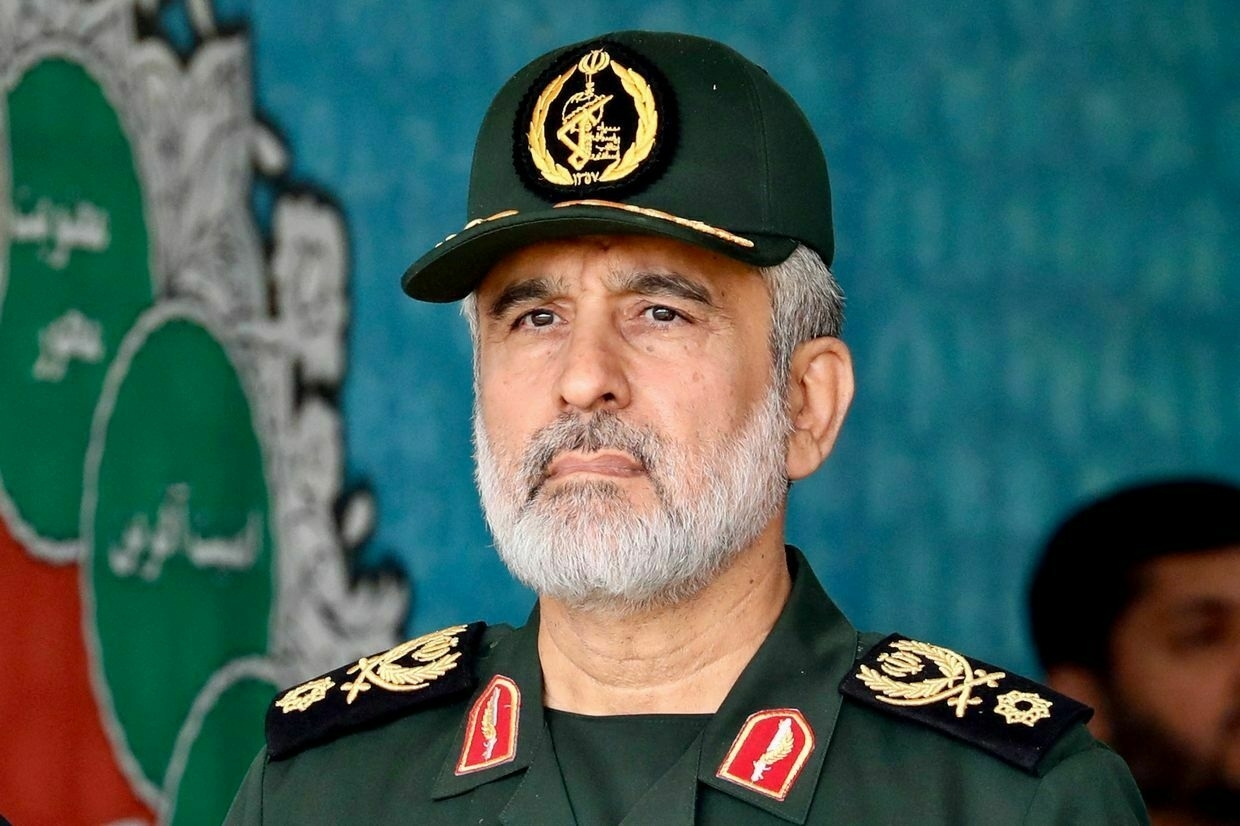
Iran’s Islamic Revolutionary Guard Corps (IRGC) confirmed on June 13 that its aerospace commander, Amir Ali Hajizadeh, was killed in an Israeli air strike on a command facility, according to the Times of Israel.
Hajizadeh was sanctioned by the European Union in 2022 for overseeing Tehran’s supply of Shahed-type drones to Russia for use in its war against Ukraine.
He played a key role in advancing Iran’s drone and missile capabilities, meeting with then-Russian Defense Minister Sergei Shoigu in 2023 to showcase Iranian weapons.
The Israeli operation, described as “preemptive,” involved 200 aircraft and the dropping of 330 munitions, targeting the country’s nuclear program and killing top military officials.
The full scale of the damage remains unclear.
Ukraine’s Foreign Ministry issued a statement on June 13 expressing concern over the fallout from the Israeli operation but underscored that “the Iranian regime supports Russia in its illegal war of aggression” and supplies Moscow with “weapons to kill Ukrainians."
Along with North Korea, Iran has been a key ally to Russia during its full-scale war against Ukraine, providing thousands of Shahed strike drones and short-range ballistic missiles.
Kyiv also warned of the potential global repercussions of the strike, noting that regional instability could severely impact international security and financial markets, particularly oil.
Crude prices surged more than 10% following the attack, boosting revenues for Russia, whose economy is heavily reliant on energy exports.
After Israel’s strikes, Ukraine says Iran ‘source of problems’ but warns against destabilizationUkraine on June 13 expressed concern over the security situation in the Middle East after Israeli air strikes against Iran, but stressed that Tehran remains a “source of problems” in the region “and beyond.”The Kyiv IndependentMartin Fornusek
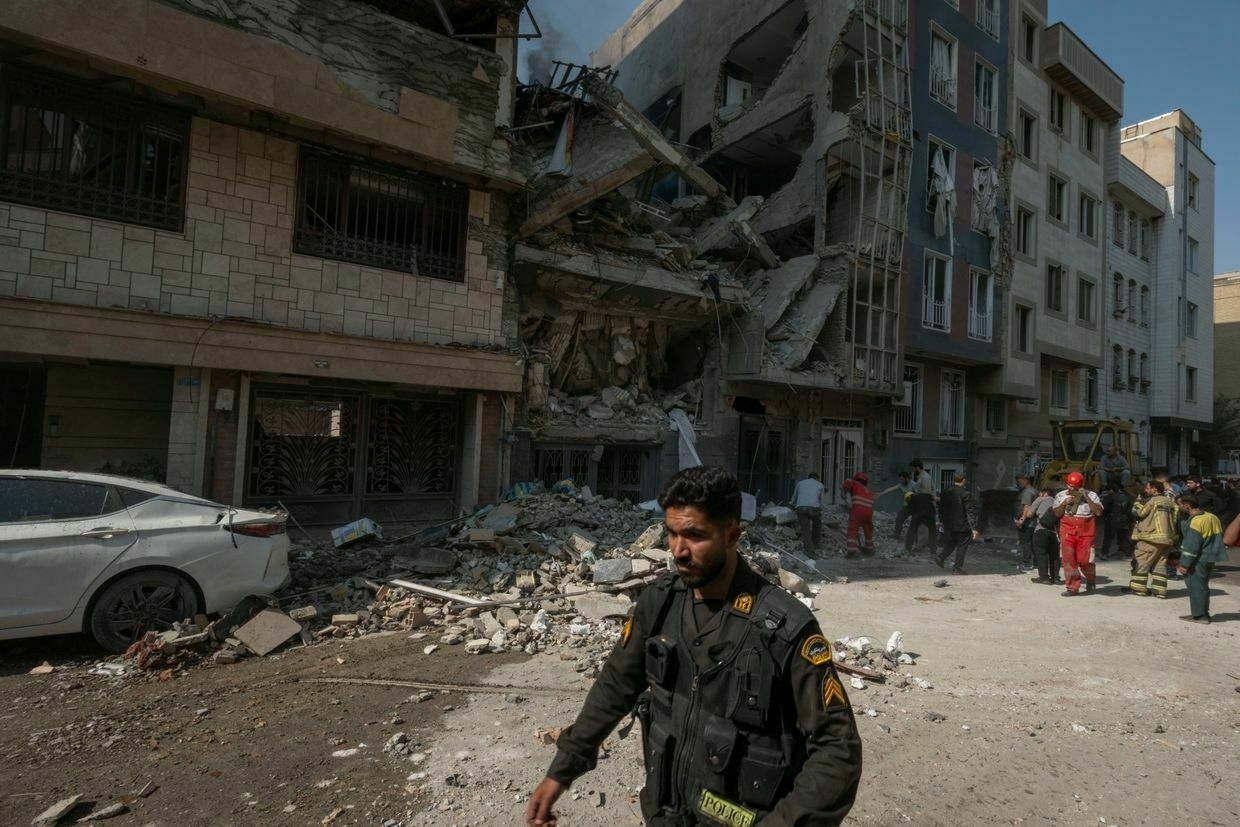
-
Ukrainian Foreign Minister sees Trump as key player in achieving peace
Ukrainian Foreign Minister Andriy Sybiha expressed hope that U.S. President Donald Trump could bring an end to the full-scale war in Ukraine. Speaking at the GLOBSEC-2025 forum on Friday, June 13, Sybiha highlighted the critical role of the U.S. leader in achieving a lasting and comprehensive peace.
Sybiha dreams of a future where Ukraine will no longer be a subject of discussion at forums worldwide, indicating long-term peace has been achieved.
"We, therefore, welcome President Trump's efforts... We want to end the war this year, and we truly have a chance to accelerate our peace efforts," remarked Sybiha. He affirmed the importance of the U.S. leader in reaching a peace agreement.
The foreign minister pointed out that next week will mark 100 days since Ukraine agreed to a complete unconditional ceasefire, an initiative spearheaded by the U.S. Yet, he emphasized that Western pressure on Russia is crucial for achieving this goal.
"After that, we will have a chance to expedite our peace initiatives and begin talks on a broader peace deal or agreements," Sybiha added.
President Trump previously expressed his dissatisfaction with both Russia and Ukraine's inability to reach a peace agreement.
In contrast, Ukrainian President Volodymyr Zelensky has suggested that the U.S. does not currently appear to be a strong mediator in the peace process.
-
Ukrainian military denies NYT claims about Russian presence in Dnipropetrovsk Oblast
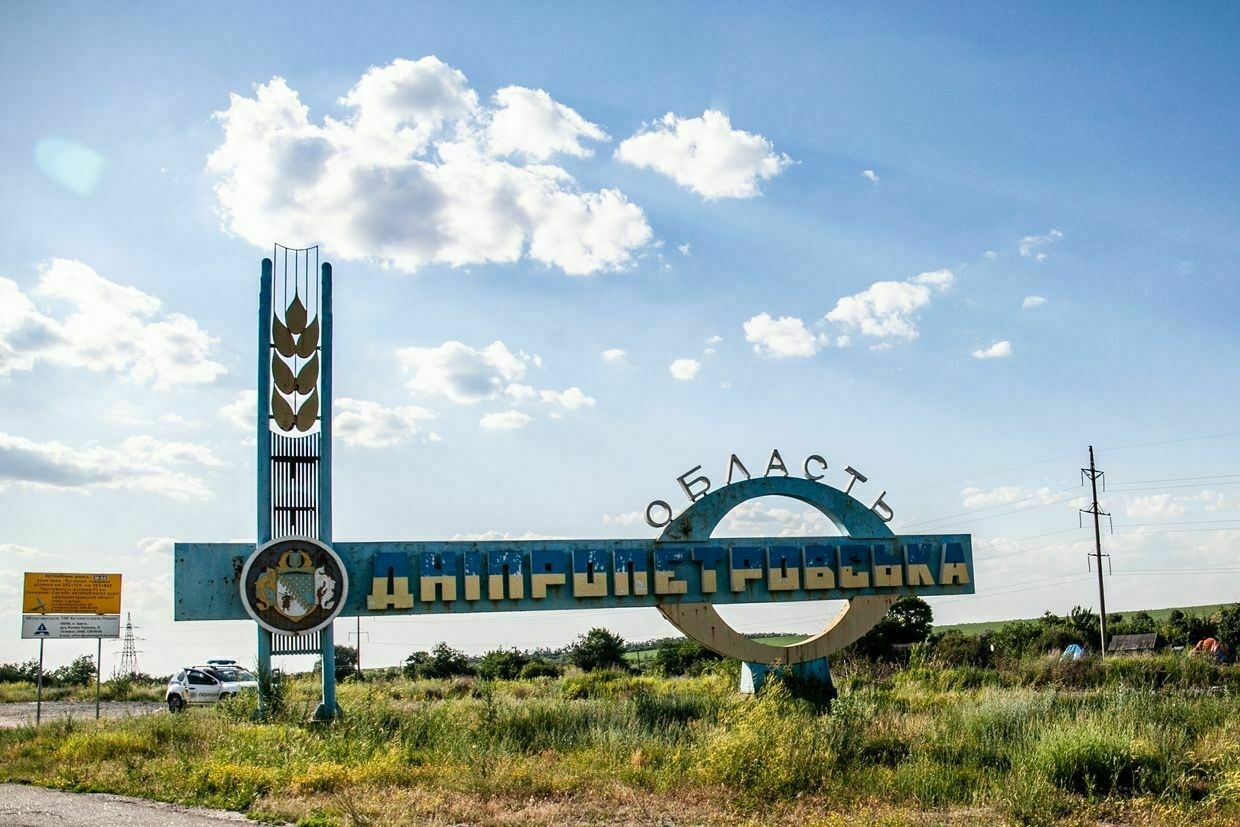
There is no confirmed information that Russian troops have entered Ukraine’s Dnipropetrovsk Oblast, spokesperson Victor Tregubov of the Khortytsia group of forces told Ukrainian media outlet Suspilne on June 13, refuting earlier claims published by the New York Times (NYT).
The NYT cited Ukrainian military sources claiming that Russian troops crossed the administrative boundary into Dnipropetrovsk Oblast for the first time since the war began.
The reporting also referenced a map by the Institute for the Study of War (ISW) indicating that Russian forces advancing in the region had allegedly secured a foothold.
Tregubov said the situation remains unchanged as of June 13. He indicated that no information suggests Russian forces have crossed the administrative border, but he noted that updated intelligence may be available later in the day.
Andrii Zadubiny, press officer of the Khortytsia forces, also rejected the claims.
“No enemy incursion into Dnipropetrovsk Oblast has been recorded. We refute this information,” he told Suspilne. He suggested that ISW might be relying on Russian sources.
On June 8, Russia’s Defense Ministry claimed that its forces had entered Dnipropetrovsk Oblast, a claim that has not been substantiated by Ukrainian authorities.
The Ukrainian monitoring group DeepState also reported no evidence of Russian forces entering the oblast. A map depicting Russian-occupied areas of Ukraine indicates that the Russian troops are only a couple of kilometers from the border.
To date, Dnipropetrovsk Oblast — a major industrial region in central Ukraine — has not seen confirmed Russian ground incursions, though it has remained under constant threat from missile and drone attacks.
In late April, Ukrainian authorities began mandatory evacuations of families with children from four front-line villages — Kolona Mezhova, Novopidhorodne, Raipole, and Sukhareva Balka — located just kilometers from Russian positions.
The latest developments come amid growing pressure on Ukrainian defenses across multiple fronts and continued failure of U.S.-mediated negotiations to produce a ceasefire agreement.
After Israel’s strikes, Ukraine says Iran ‘source of problems’ but warns against destabilizationUkraine on June 13 expressed concern over the security situation in the Middle East after Israeli air strikes against Iran, but stressed that Tehran remains a “source of problems” in the region “and beyond.”The Kyiv IndependentMartin Fornusek
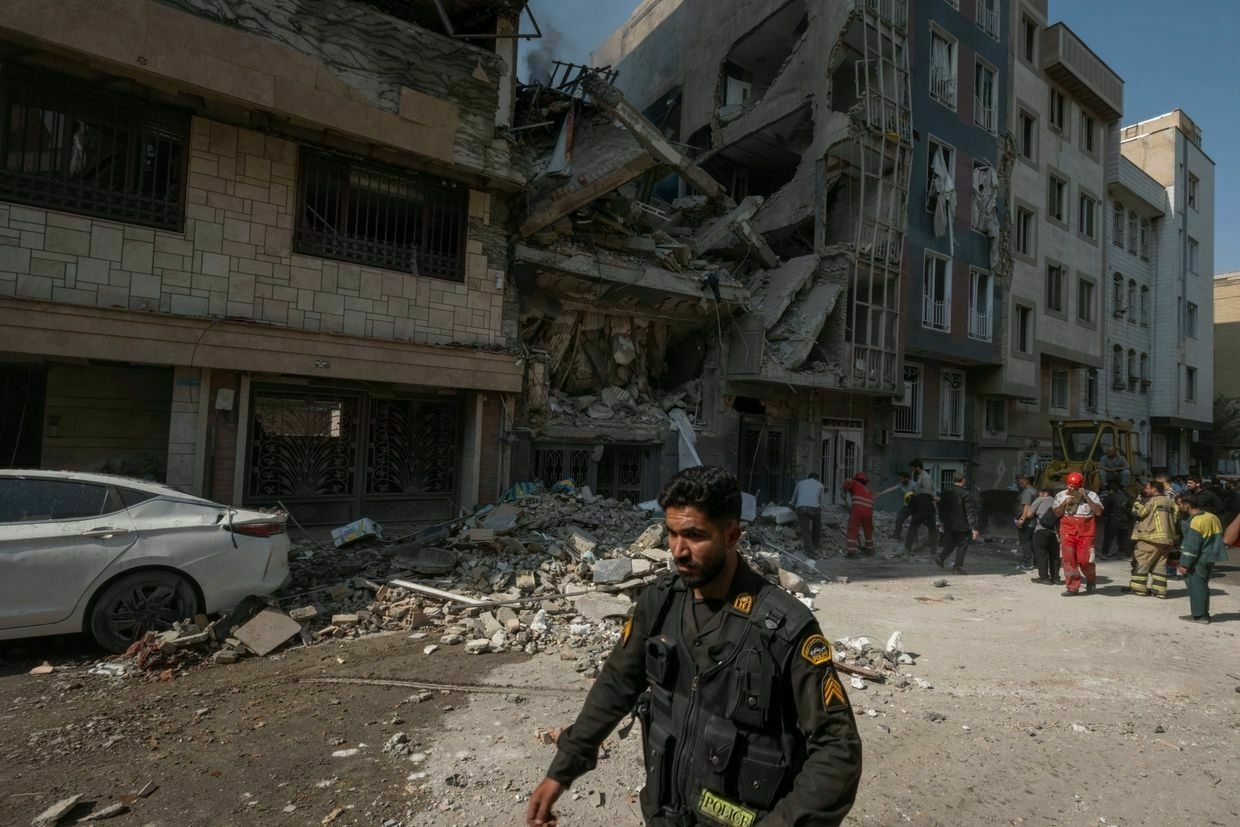
-
Russian troops escalate assaults on Chasiv Yar
Military hardware is rarely visible in Chasiv Yar, a city that has been fiercely defended for over a year. According to the Ukrainian Armed Forces, the need for electronic warfare systems remains critical in this area.
Oleh Petrasyuk, press officer of the 24th Mechanized Brigade, reported that intense battles are ongoing in the Chasiv Yar direction in the Donetsk region, where Ukrainian forces have maintained their defense for more than a year. During a national news broadcast, he noted that despite the prolonged military operation, Russian forces have increased their activity in this prioritized sector.
The use of FPV drones by Russian troops, including those operating over fiber optics, is rising in this critical zone, utilized by both sides. These drones are harder to detect and destroy, Petrasyuk explained.
"These drones are used to strike military hardware, although such equipment barely makes an appearance in the city nowadays—be it ours or the enemy's. Yet, the demand for electronic warfare solutions remains extreme," stated Petrasyuk, highlighting the importance of mobile systems that can be mounted on vehicles.
Petrasyuk emphasized the dangerous conditions faced when transporting supplies: "Every cargo trip feels like sitting on a powder keg, as a drone attack on the convoy is a constant threat. Effective electronic warfare is essential to counter these risks, ensuring protection and the safe arrival of your convoy."
Deputy Head of Ukraine’s Presidential Office, Pavlo Palisa, revealed that Vladimir Putin holds very ambitious goals for the coming years on the frontlines, despite Ukraine’s and the West’s peace efforts. By 2025, Russia plans to completely capture the Donetsk and Luhansk regions and establish a buffer zone along its northern border. By 2026, the aim is to occupy all of Ukraine east of the Dnieper River and cut the nation off from the Black Sea. Western media maintains that this "dirty war" is only beginning.